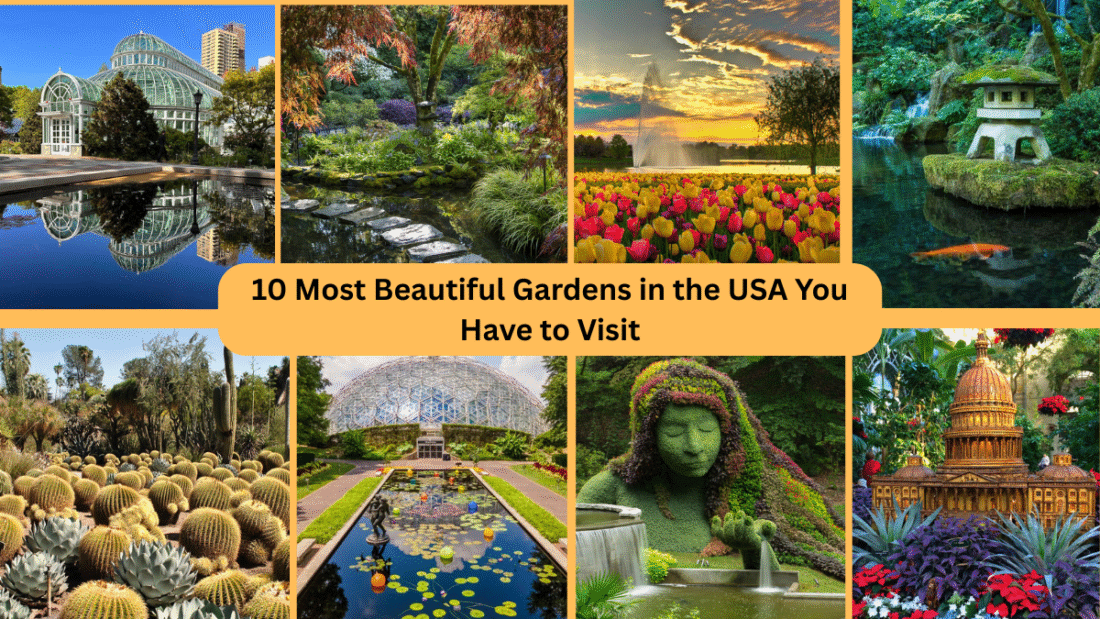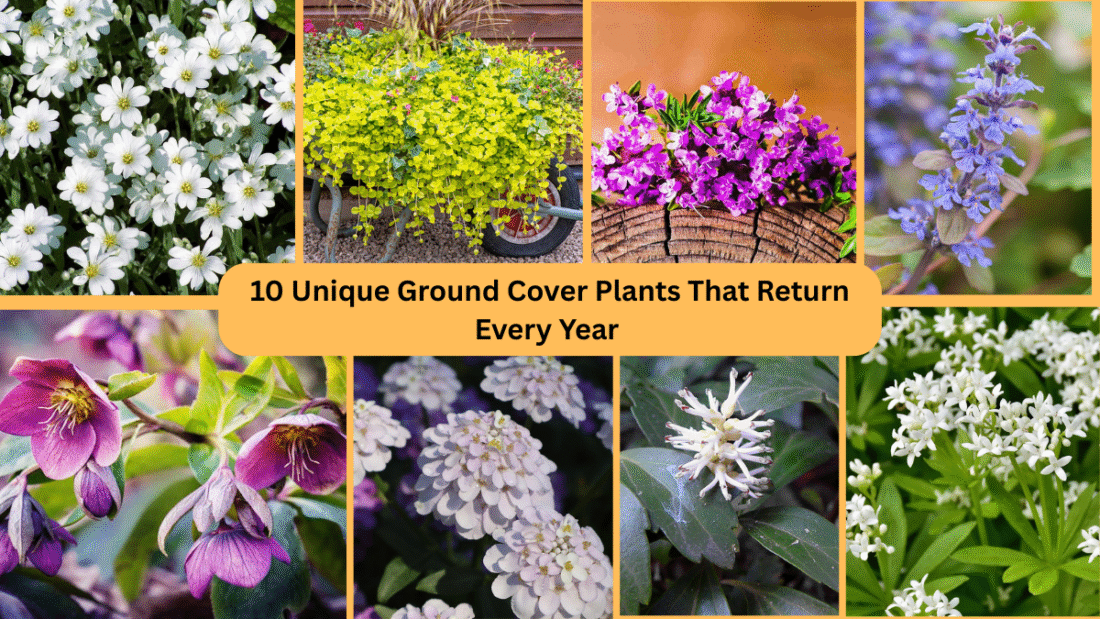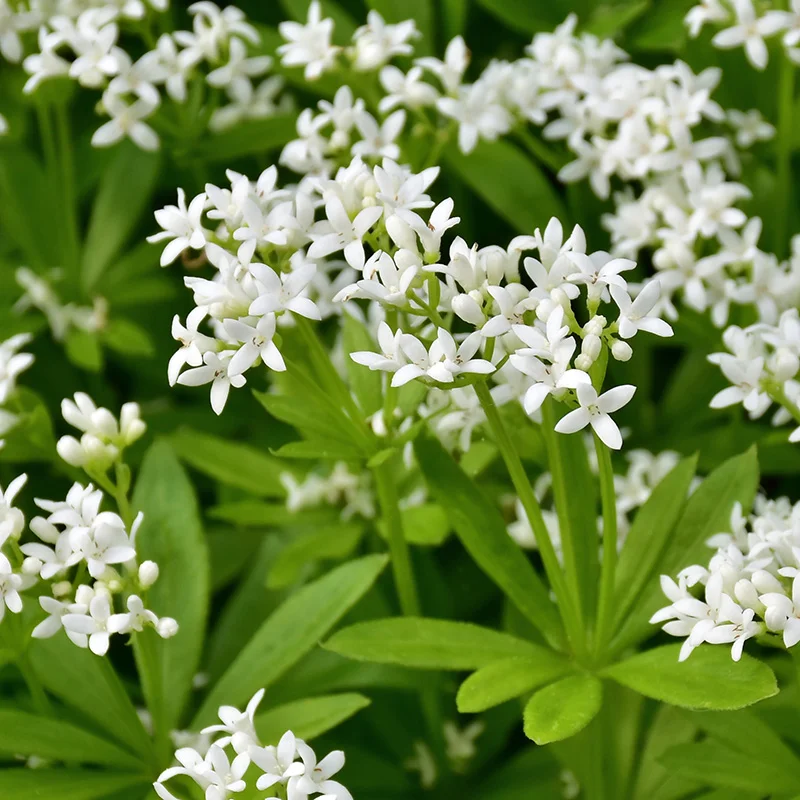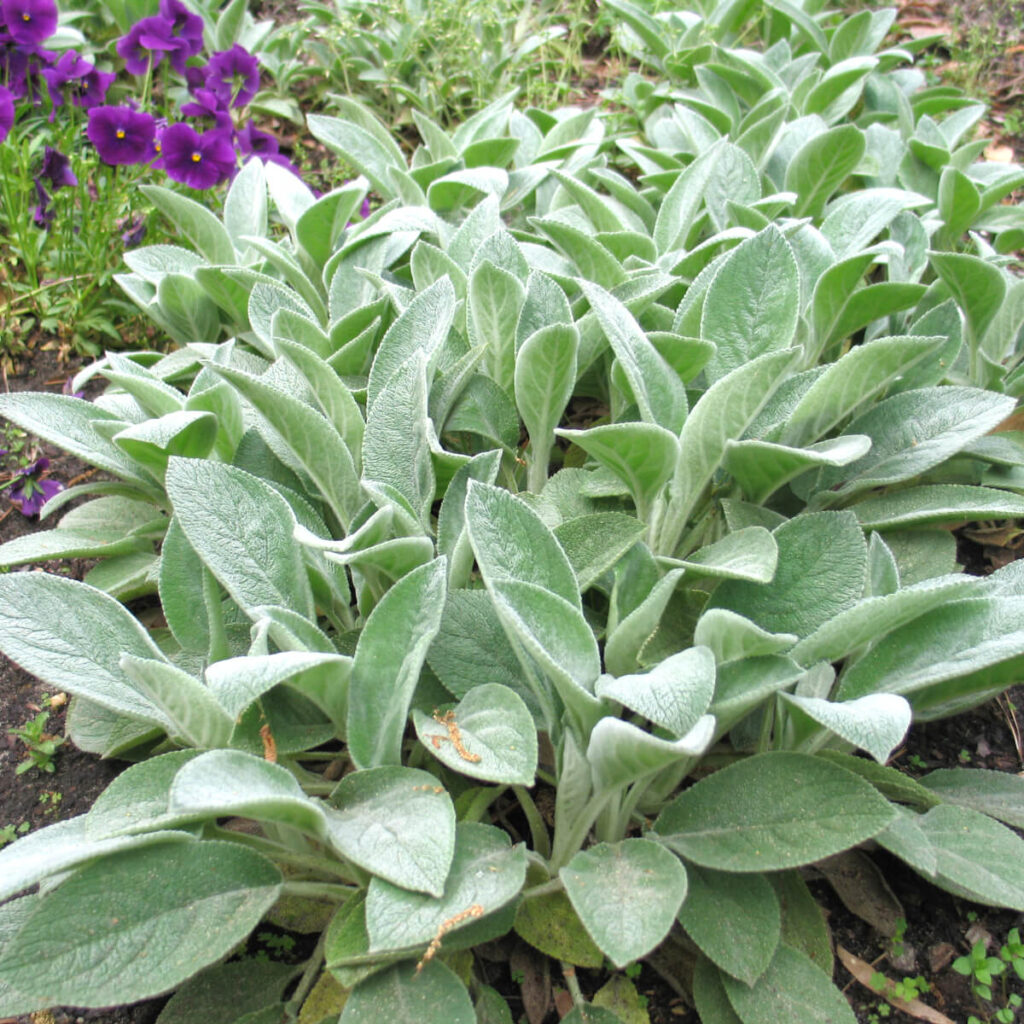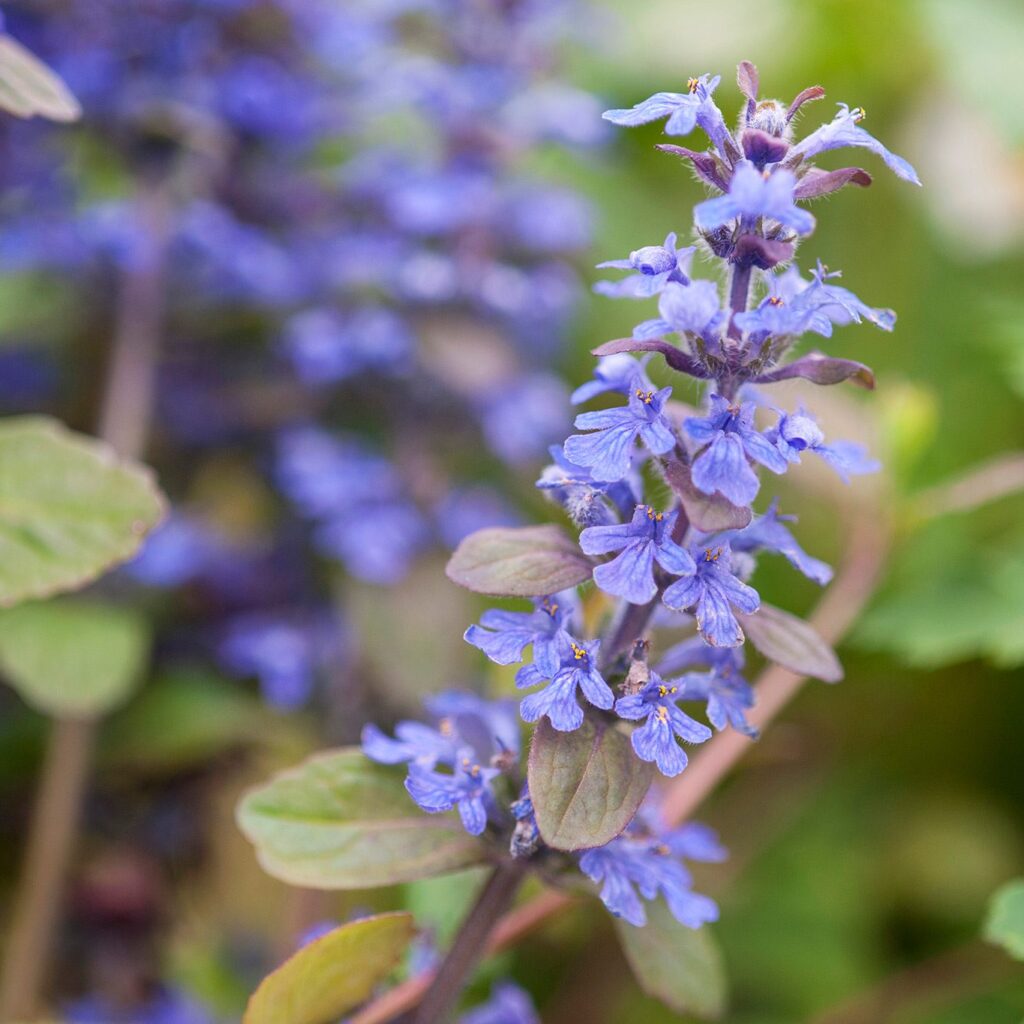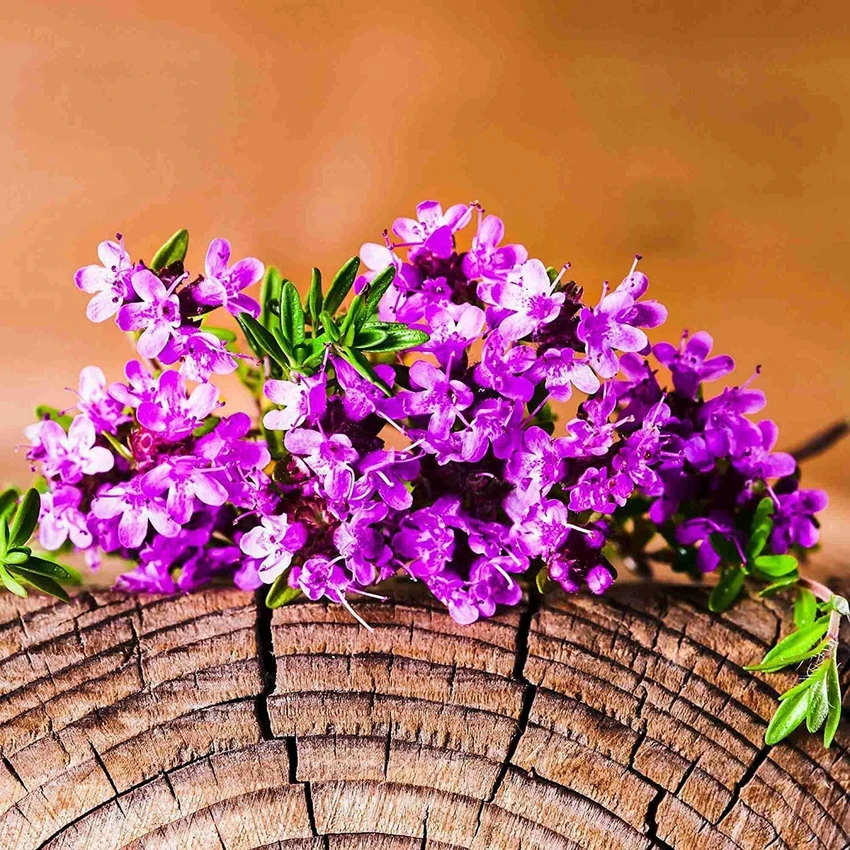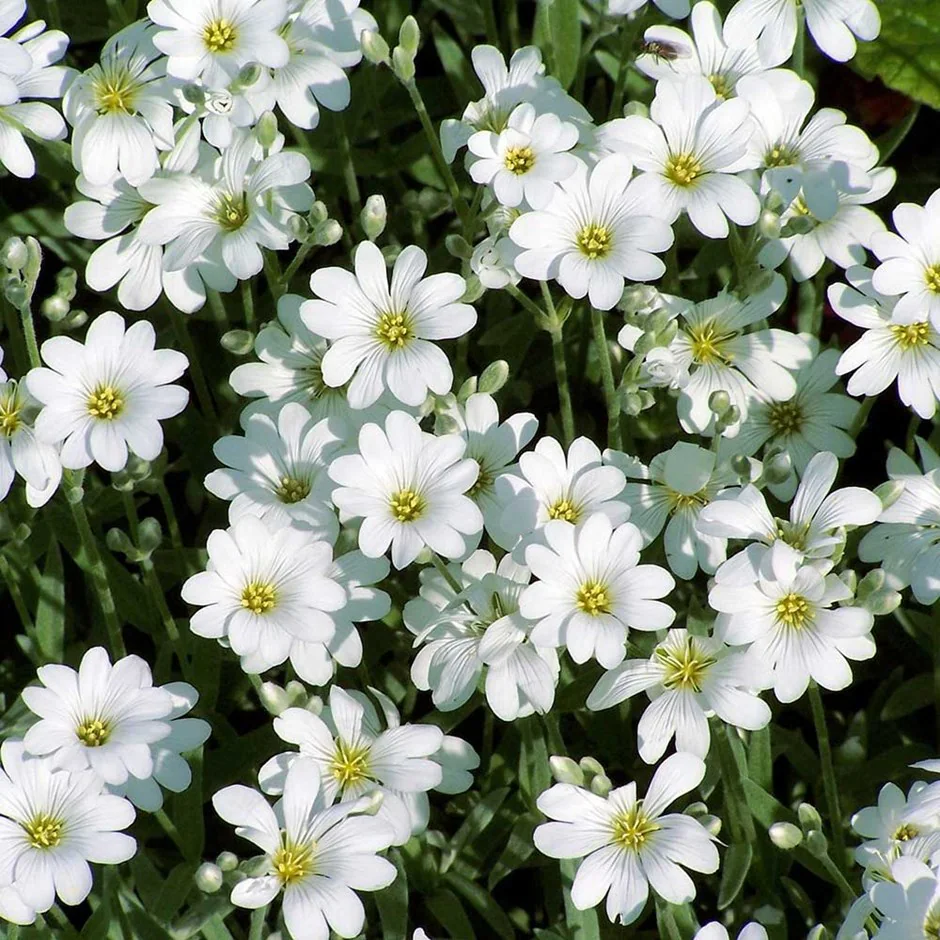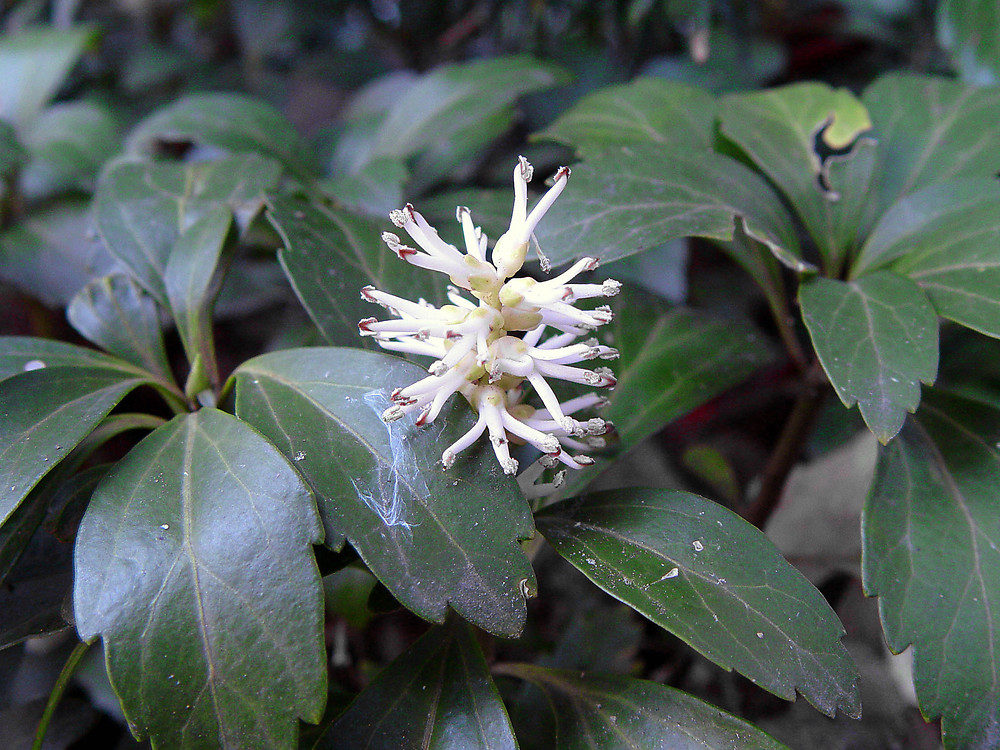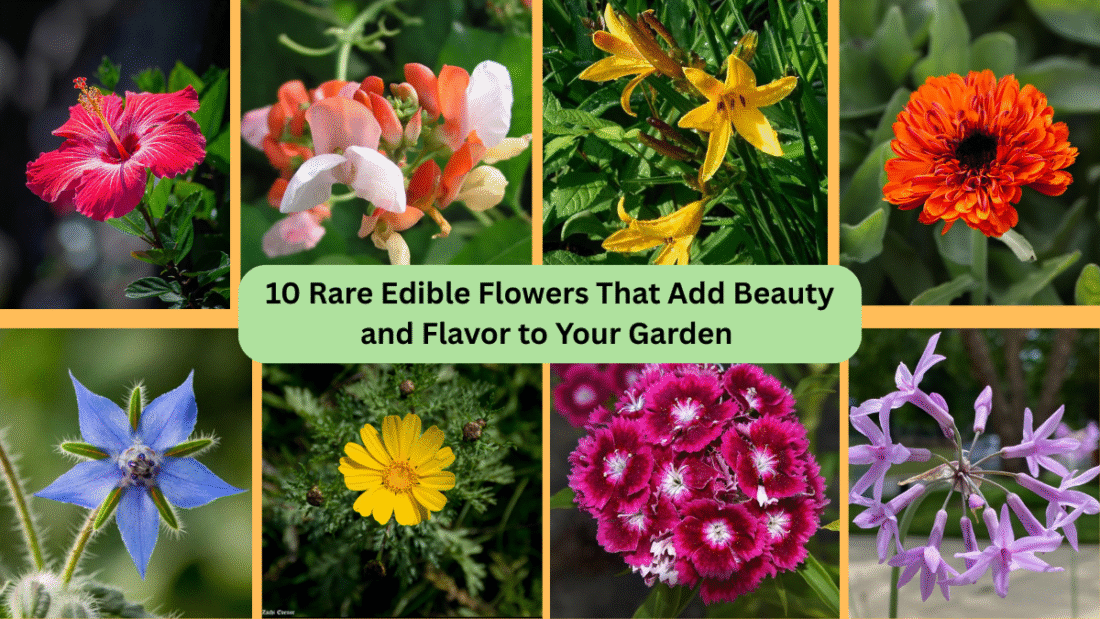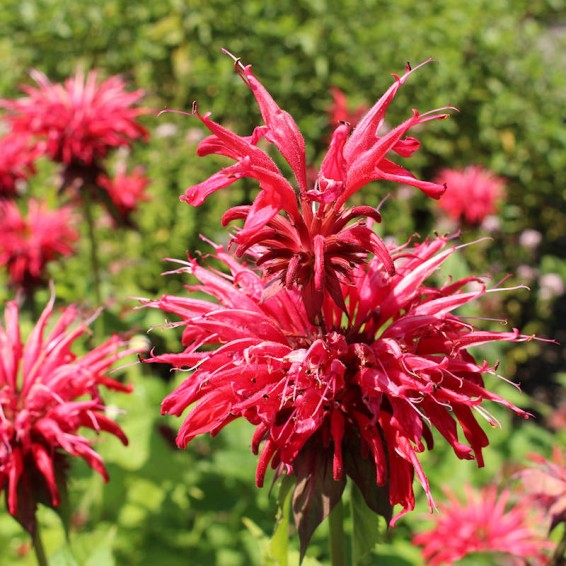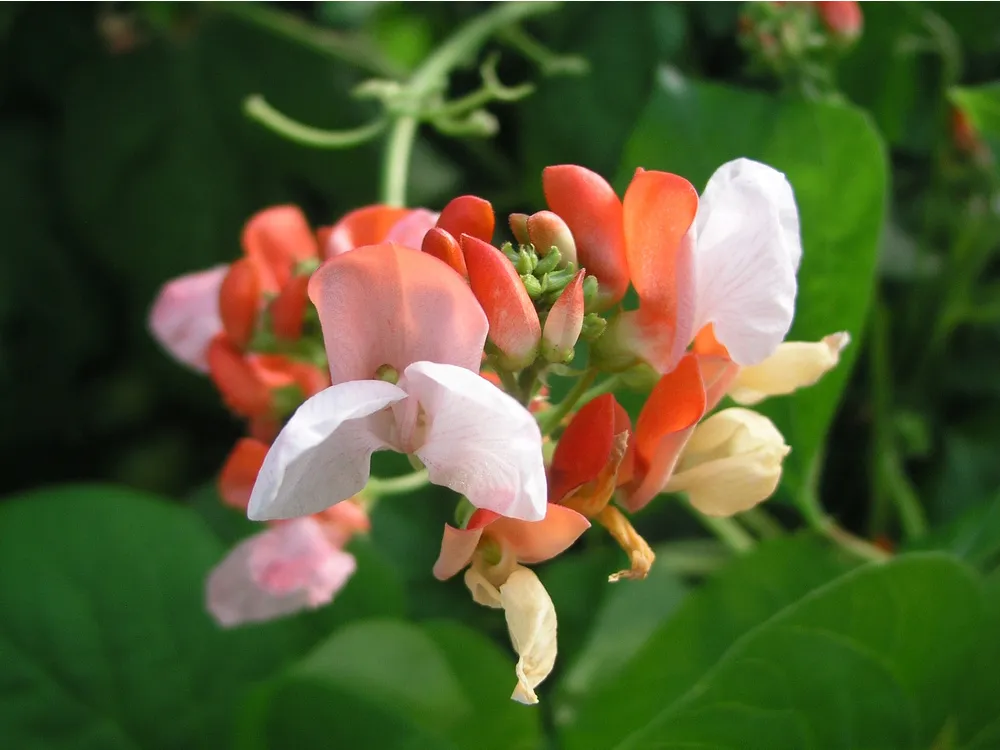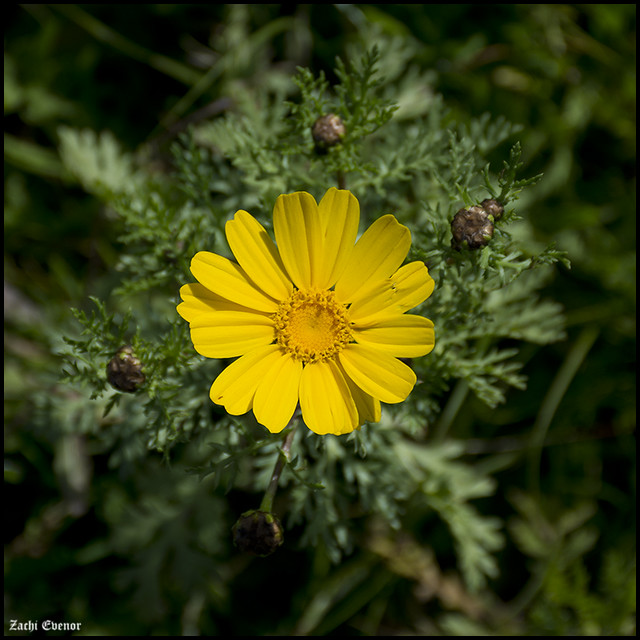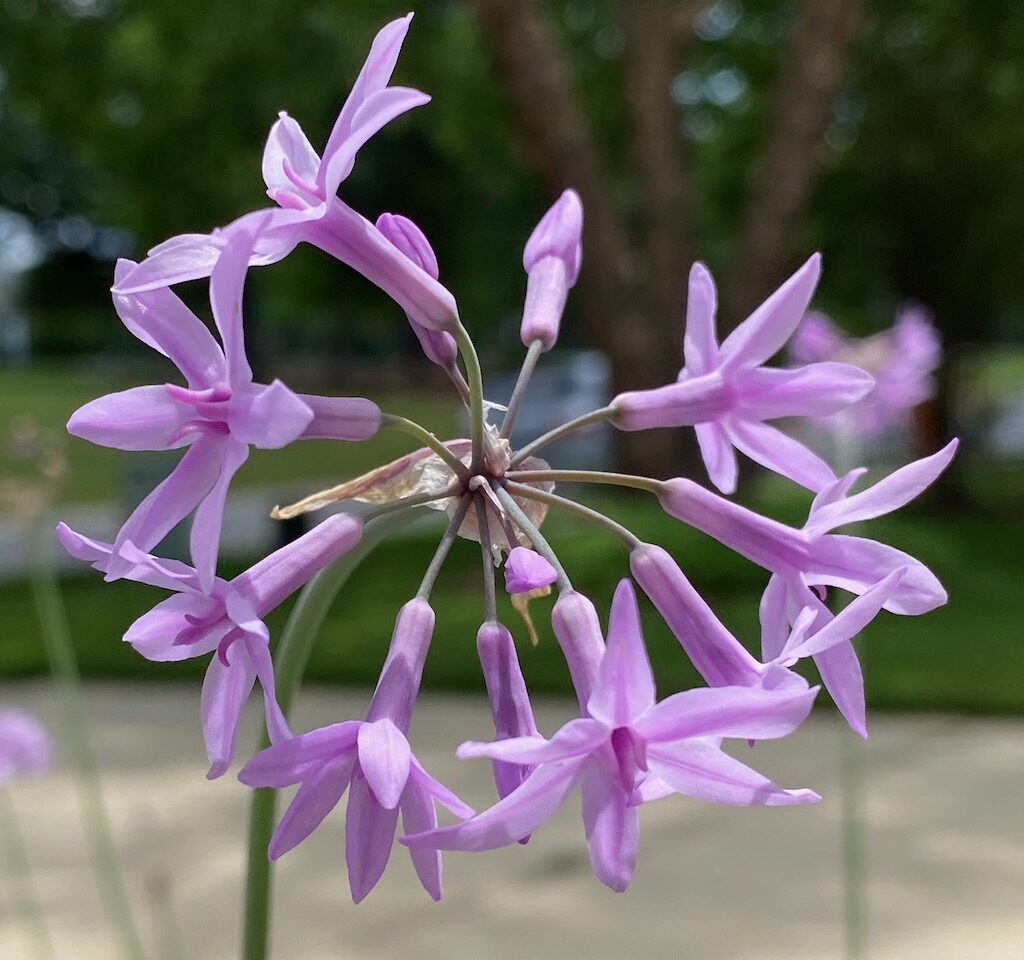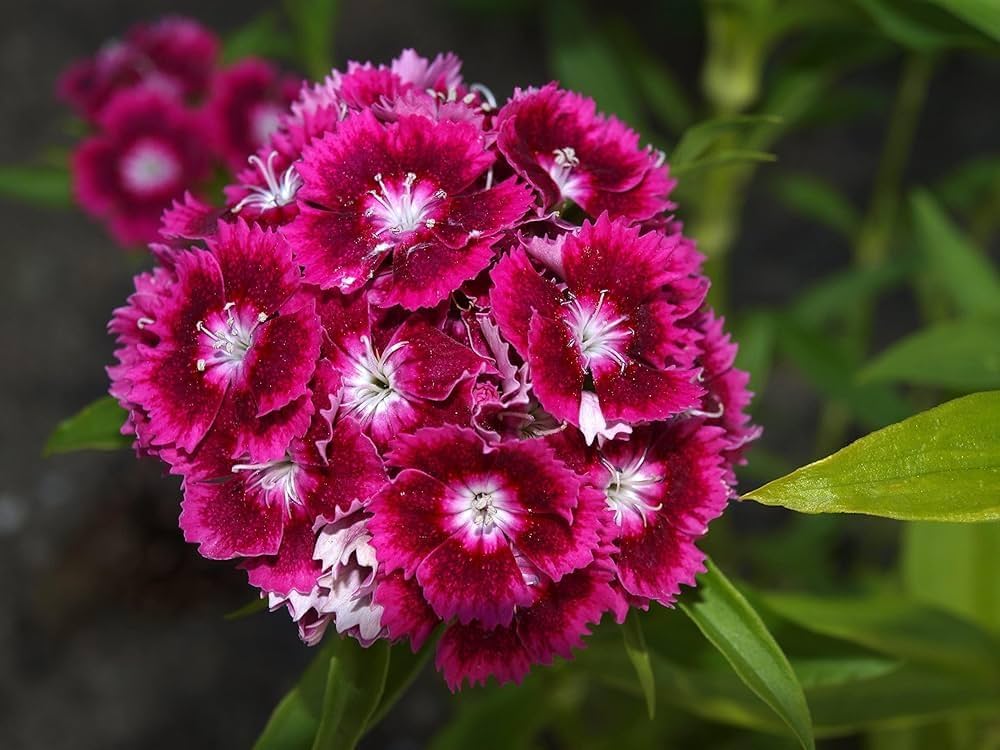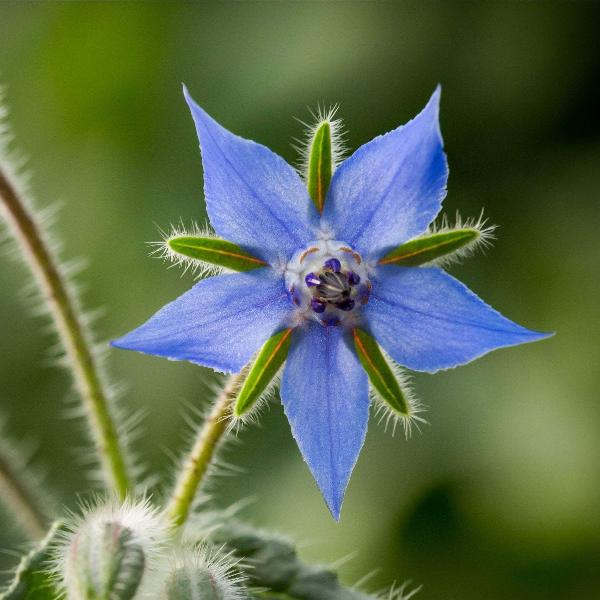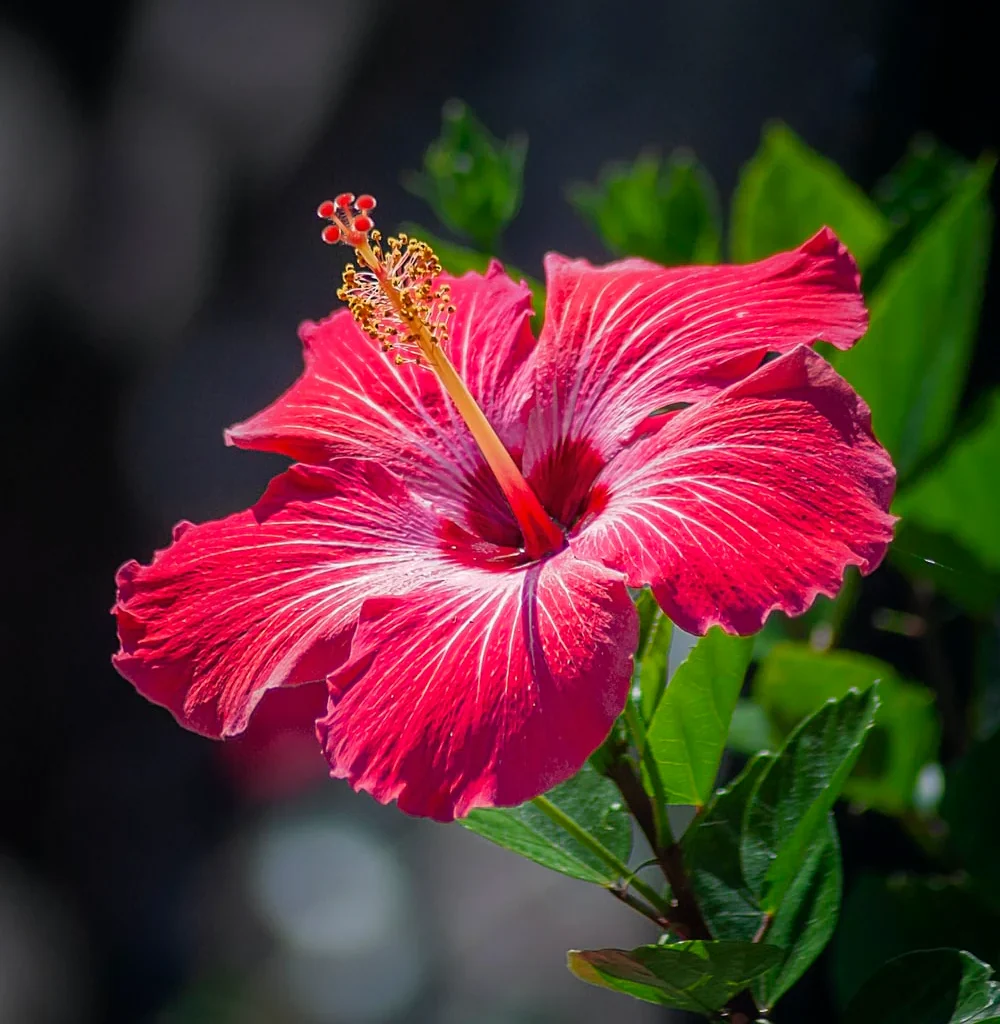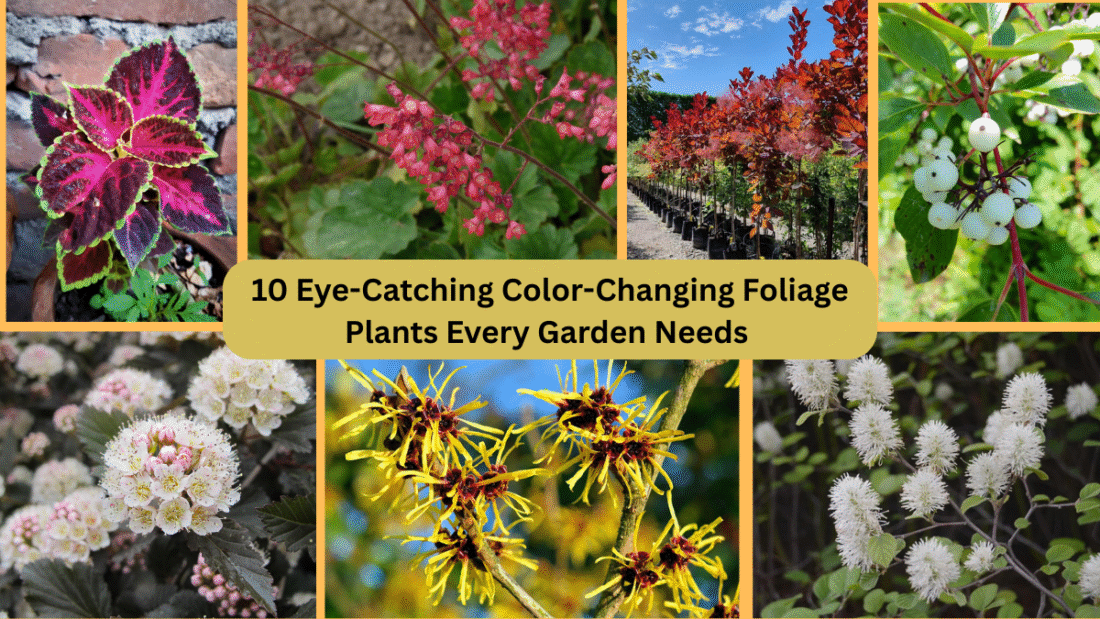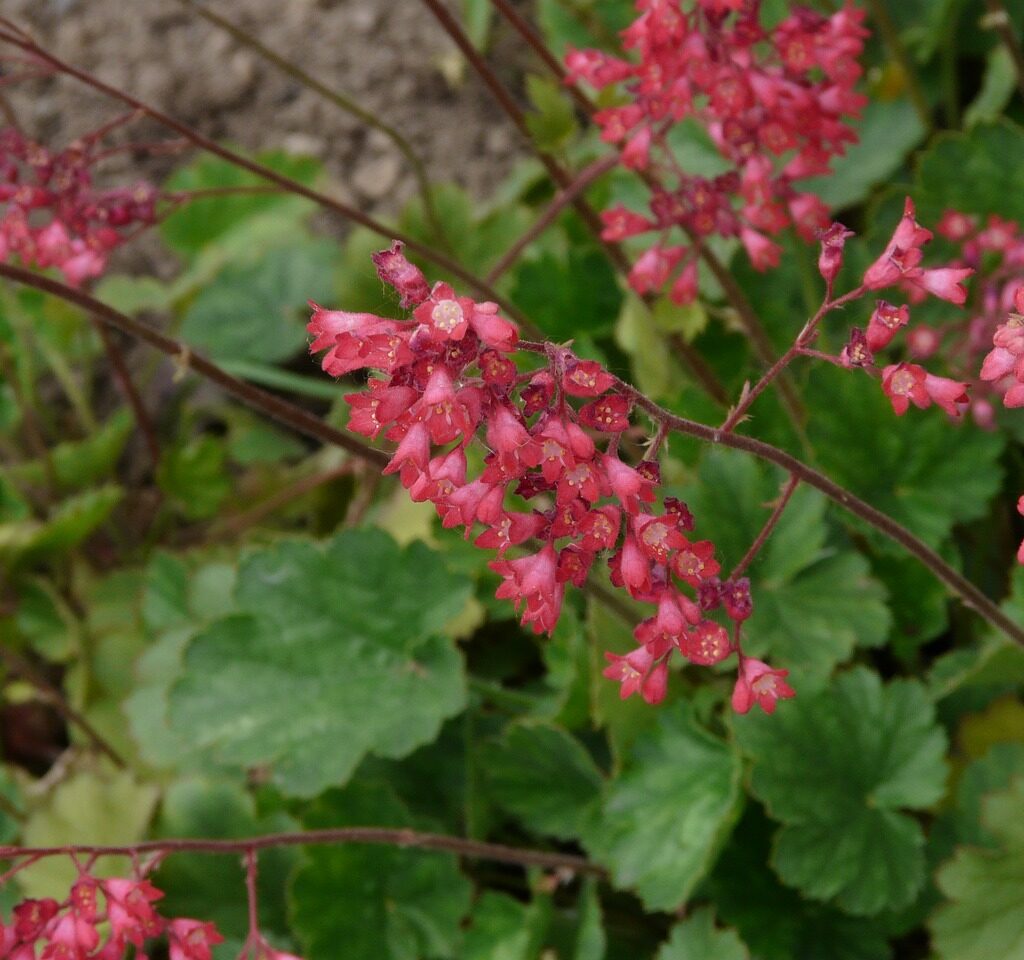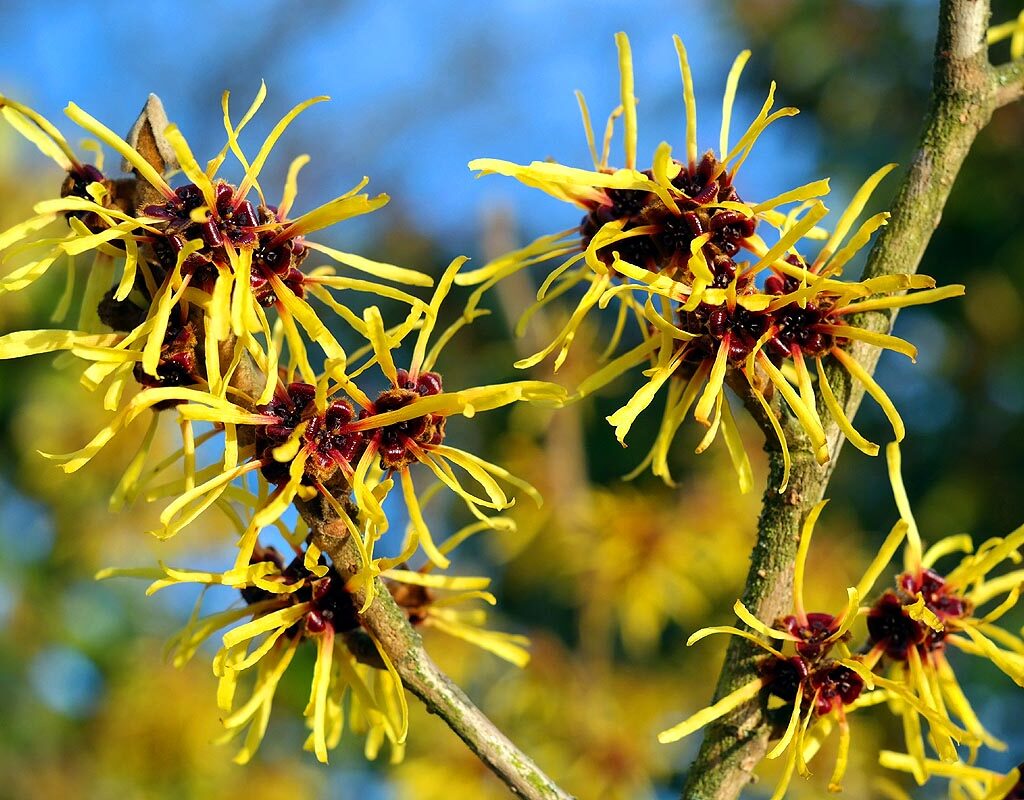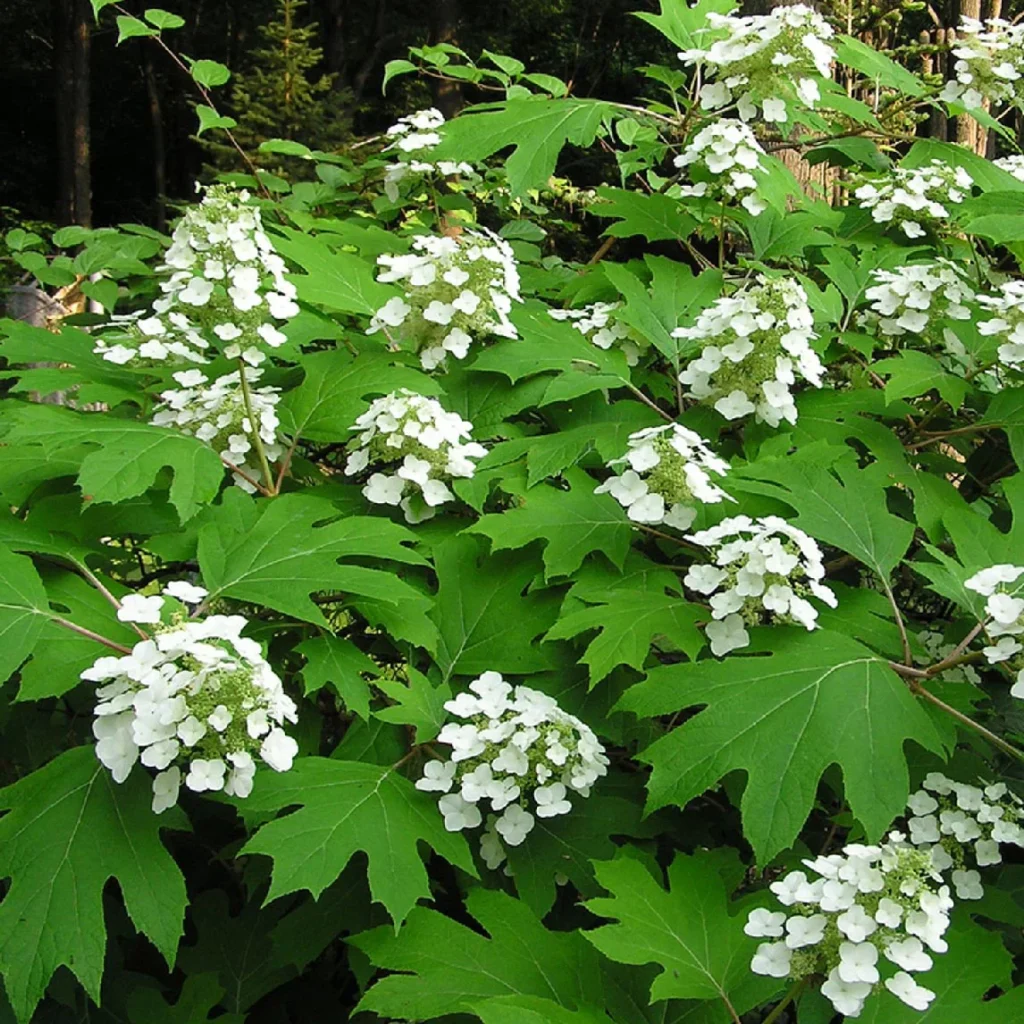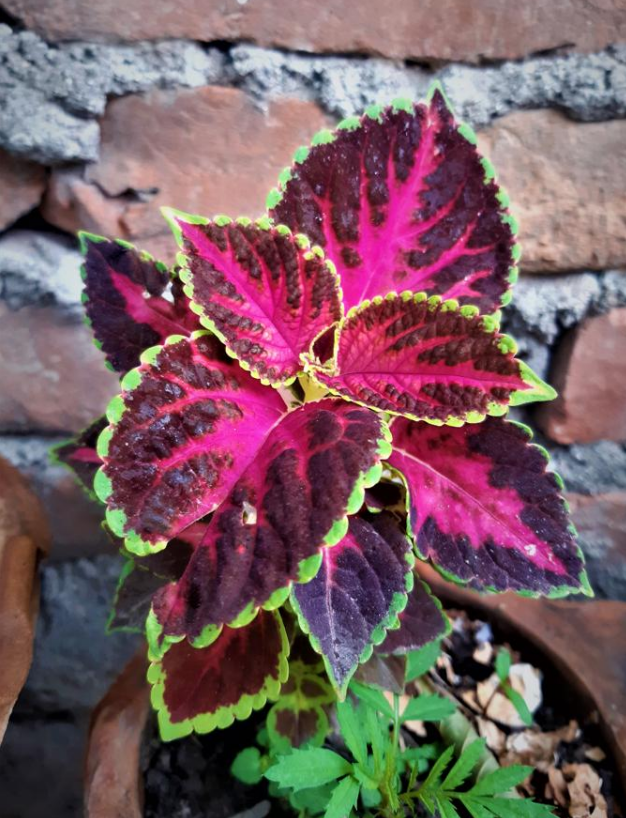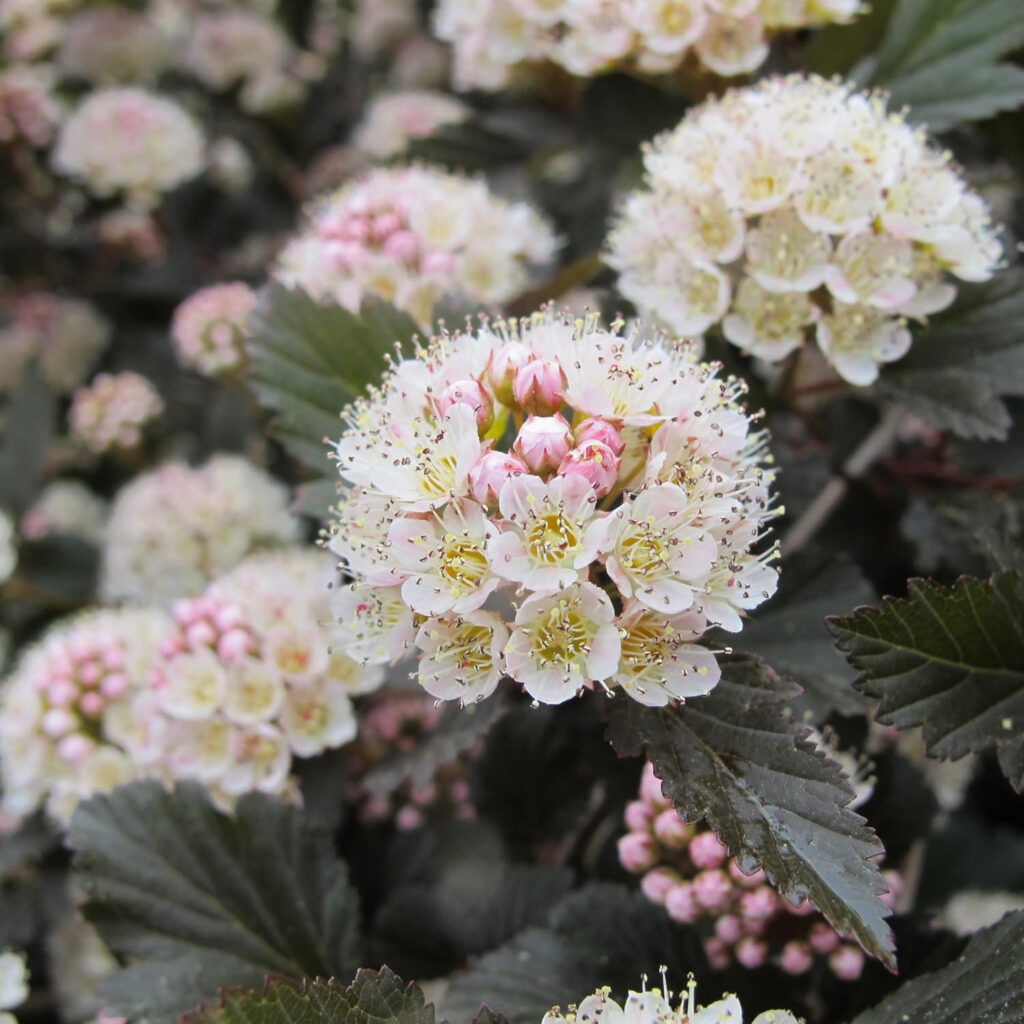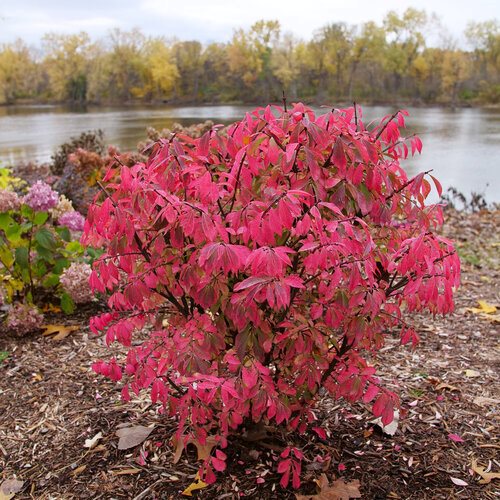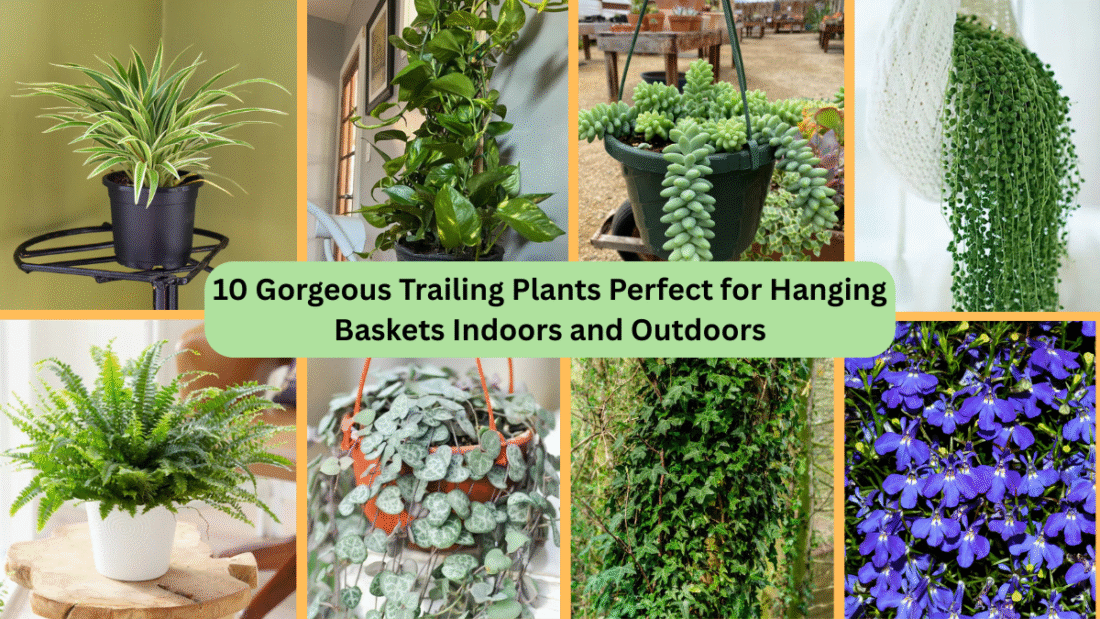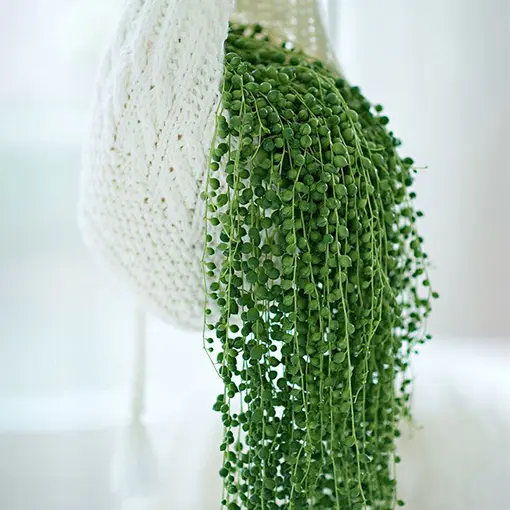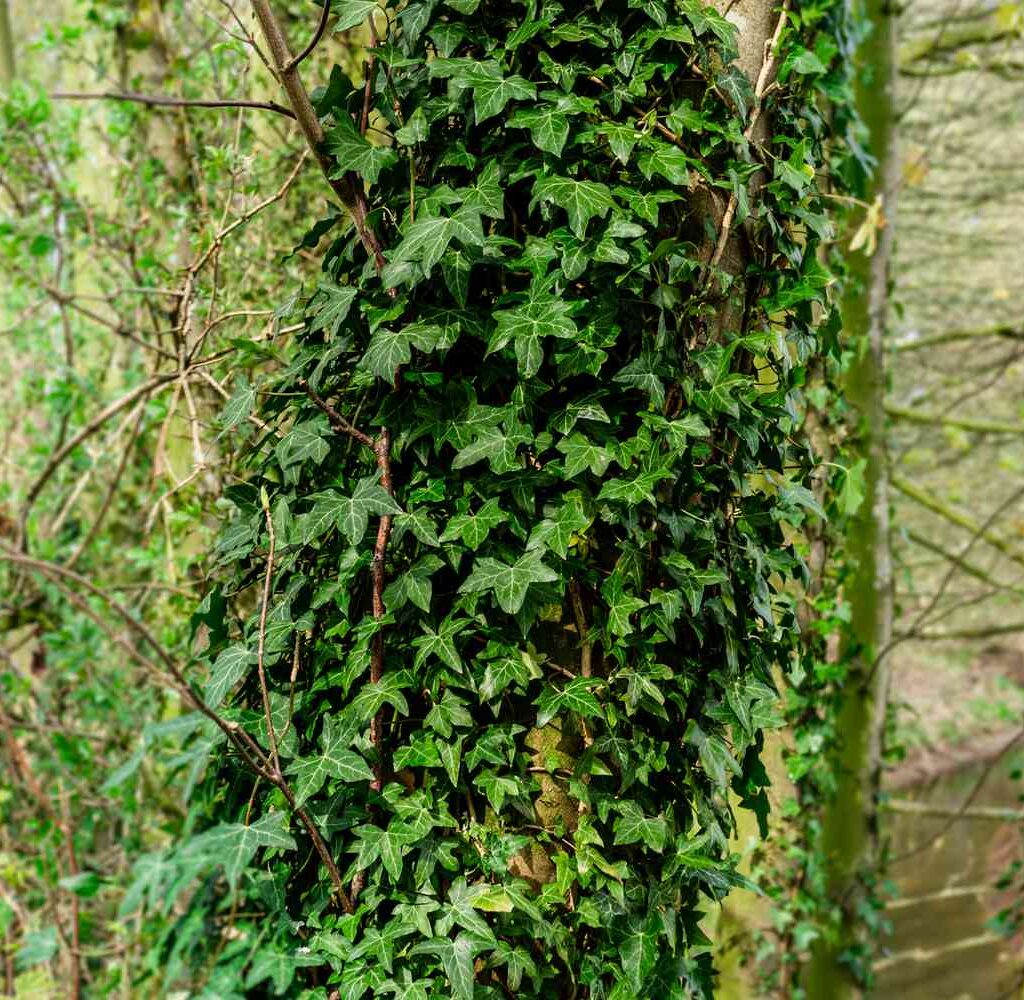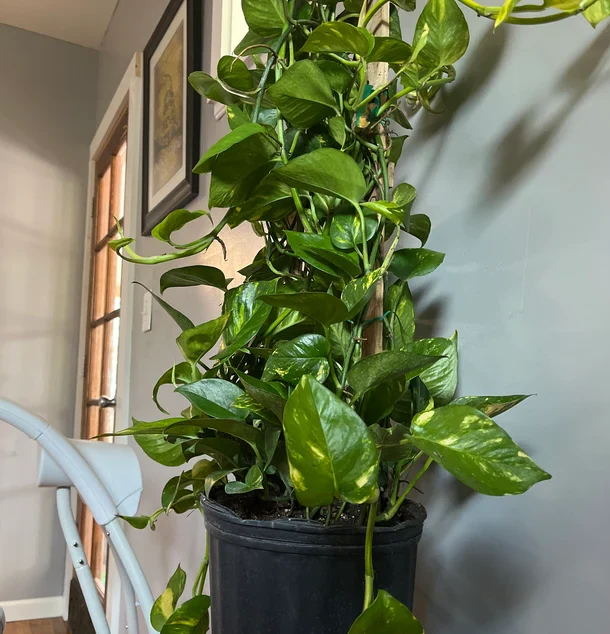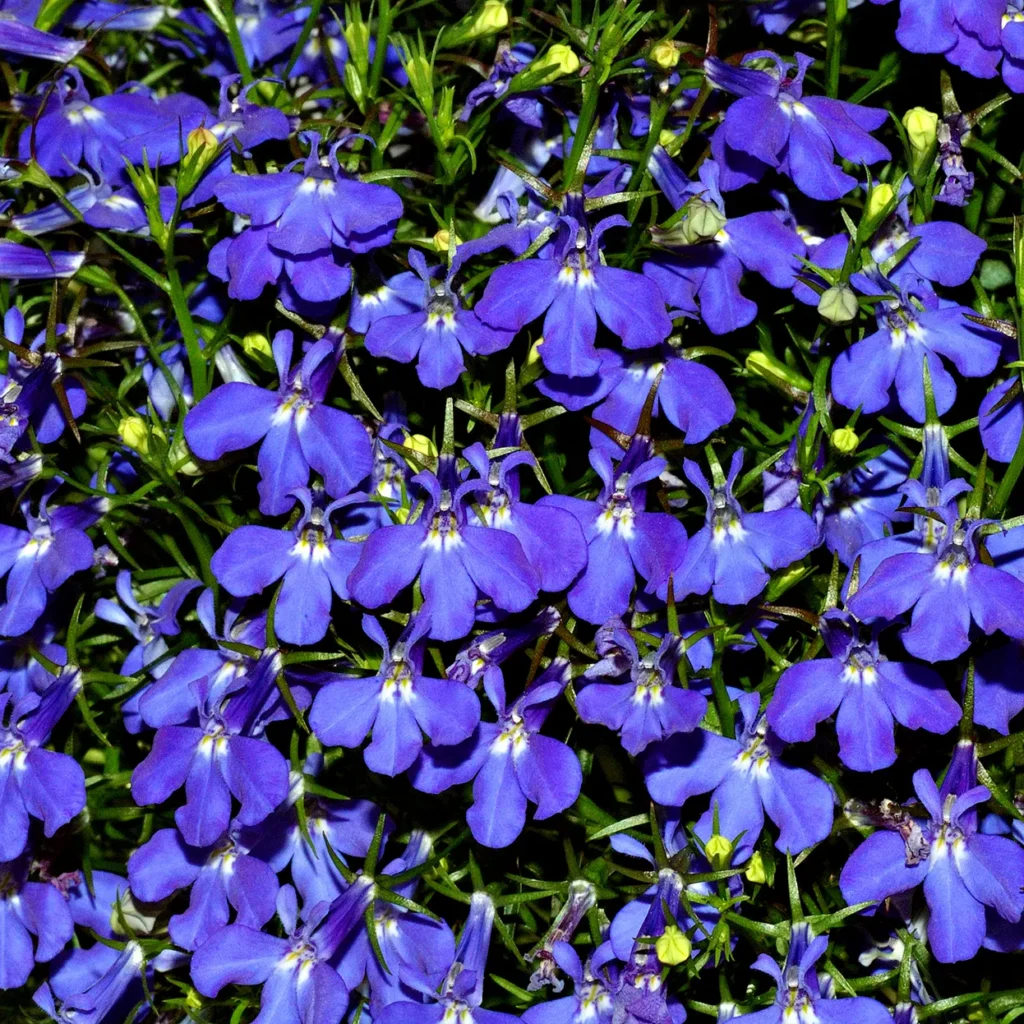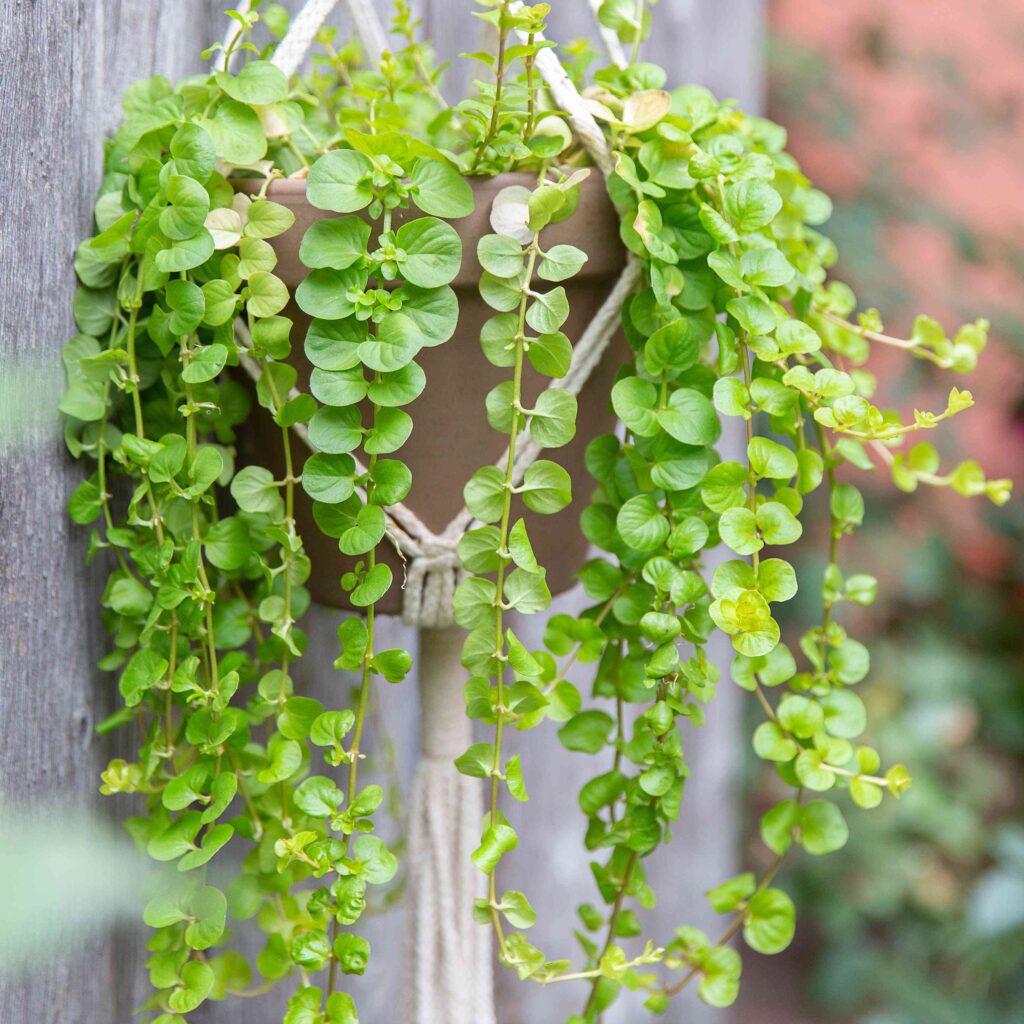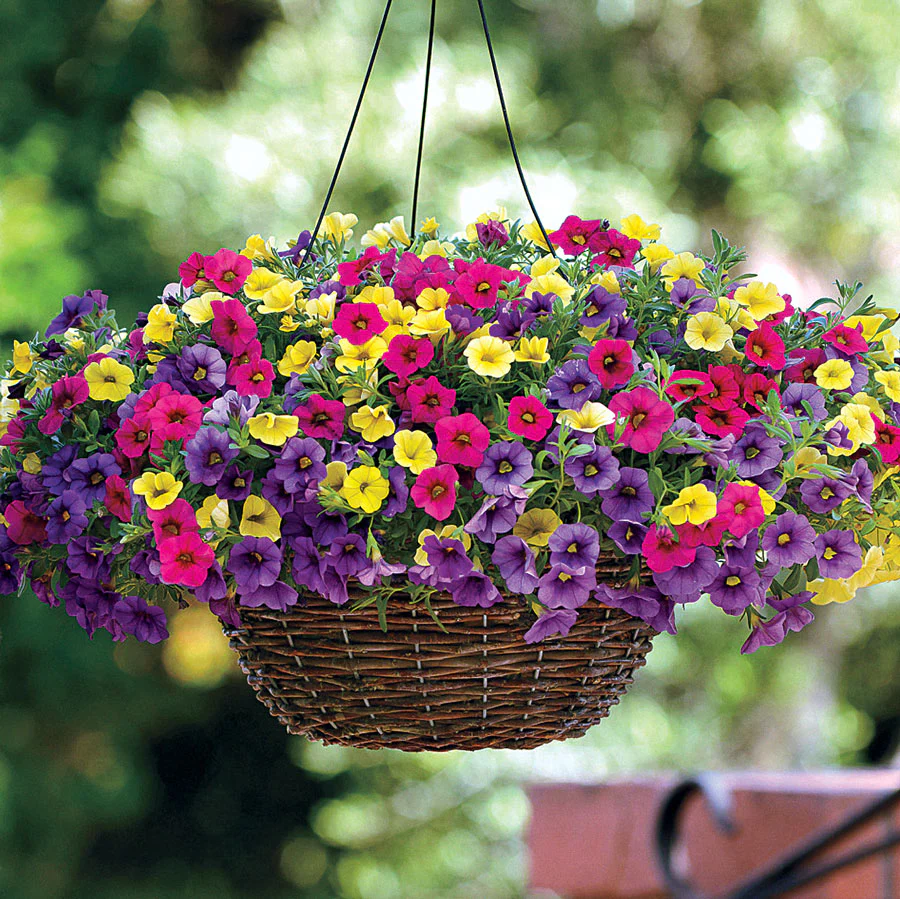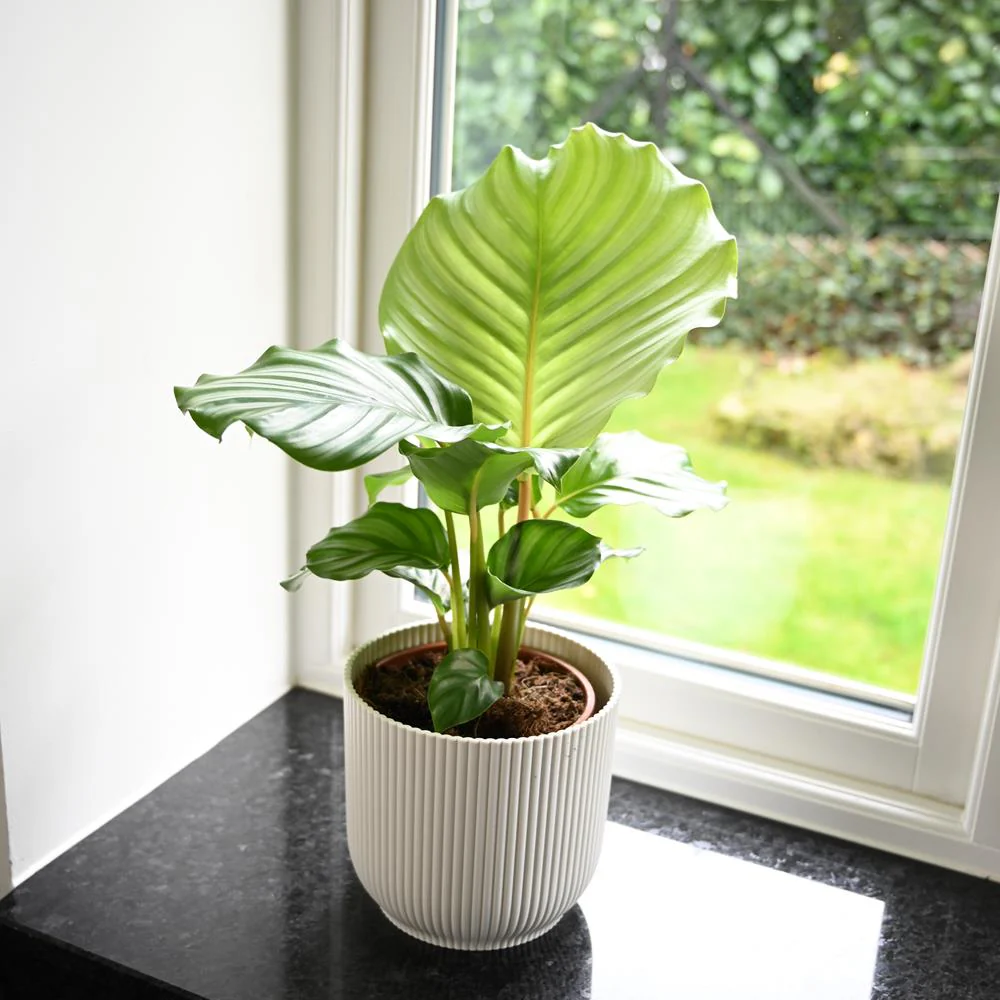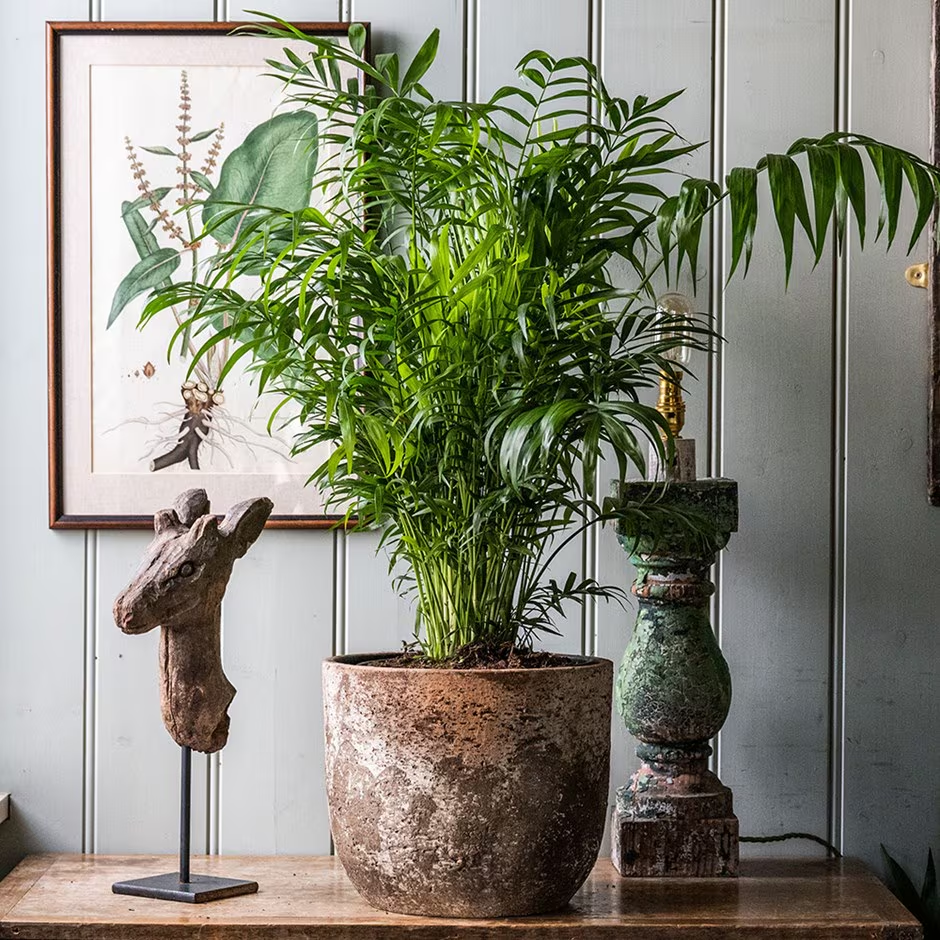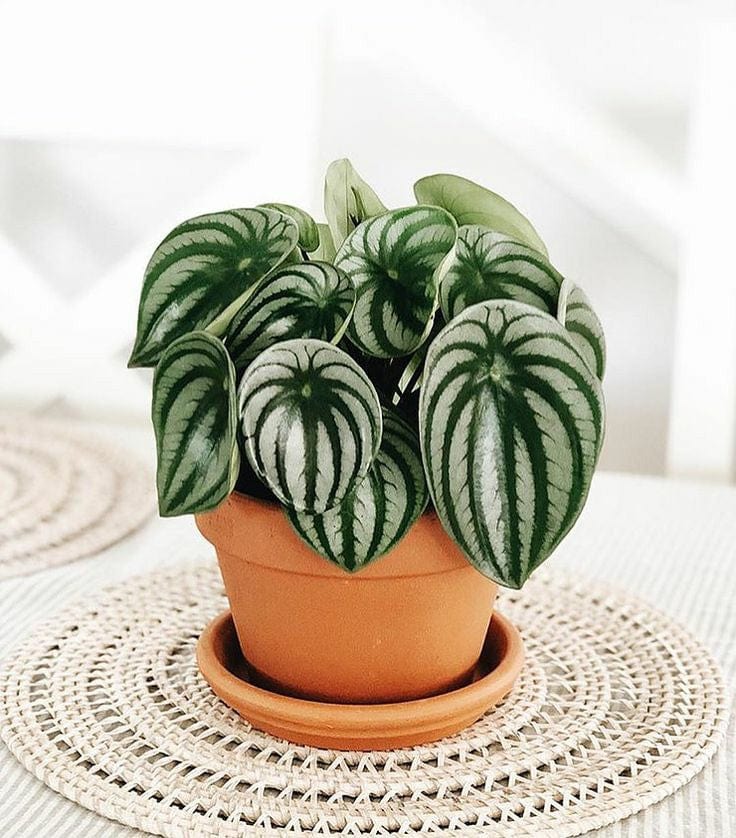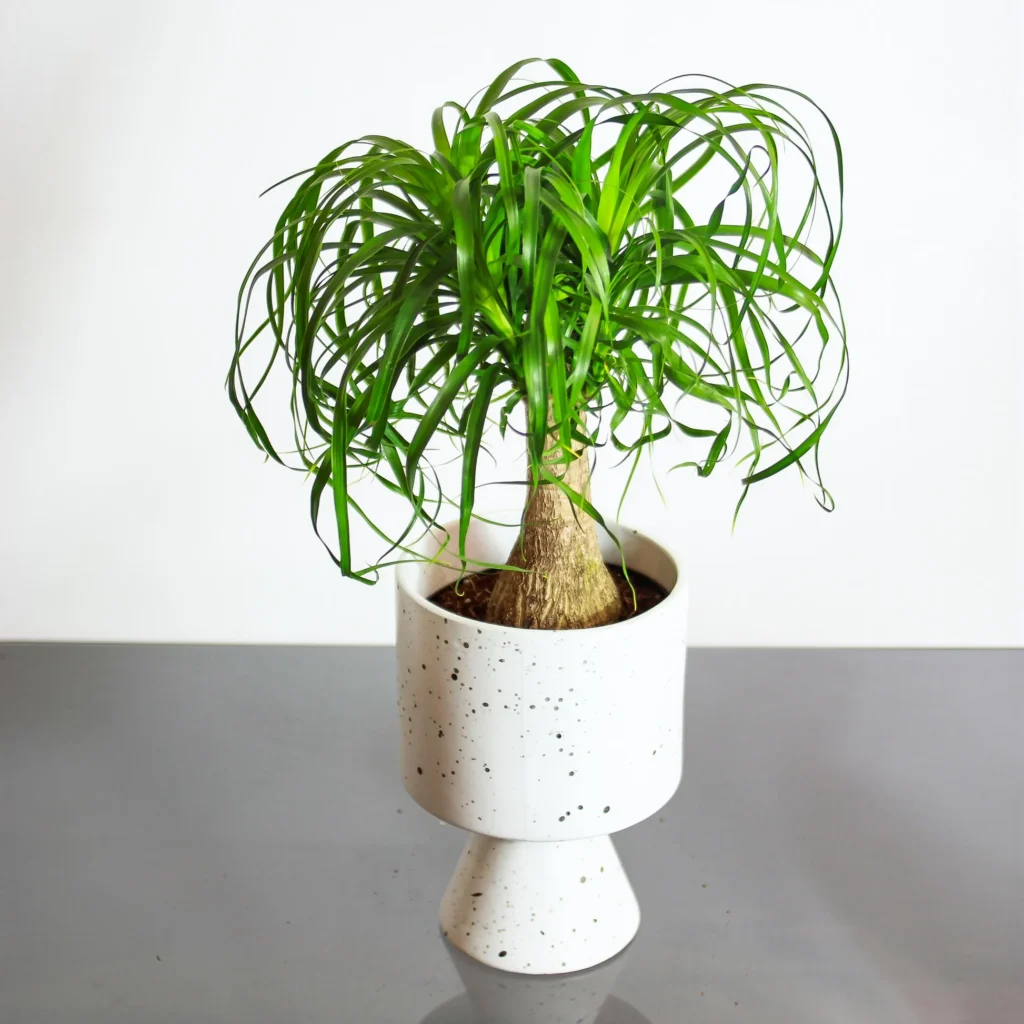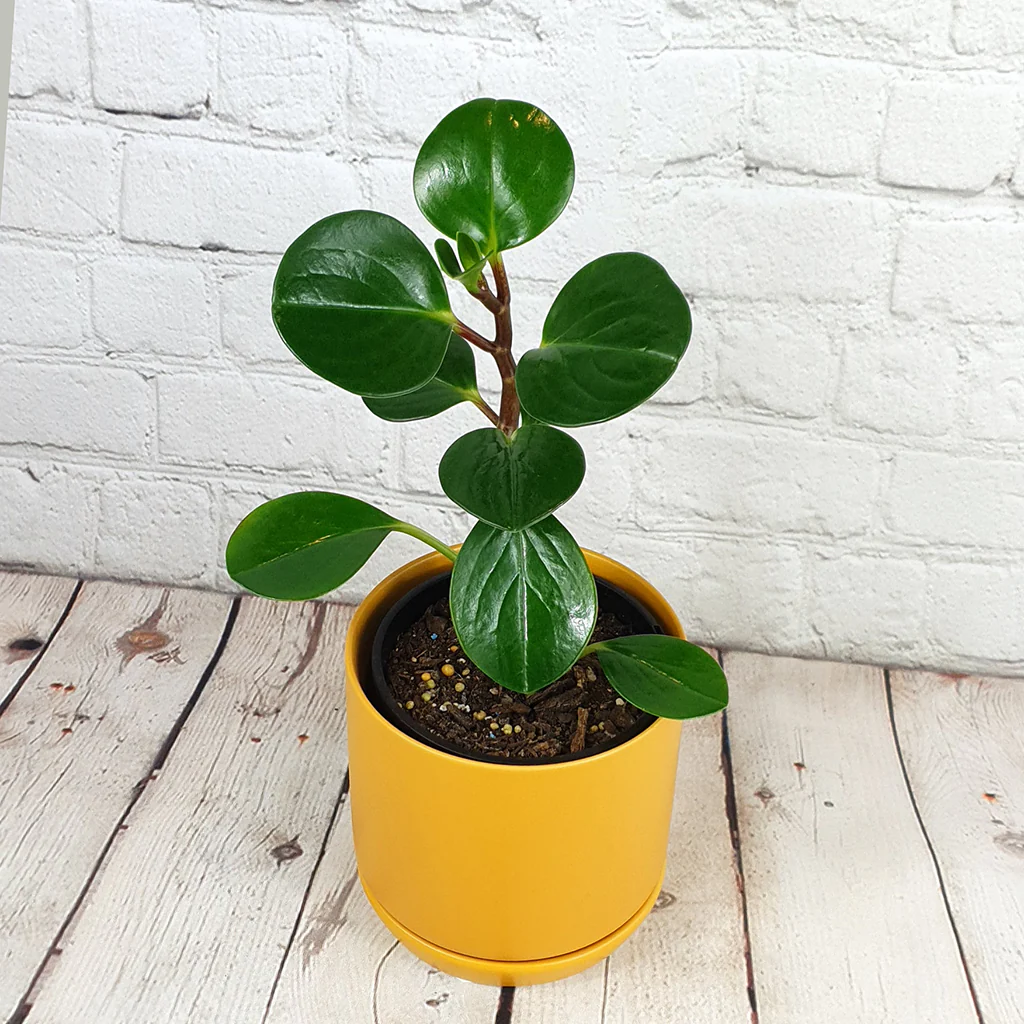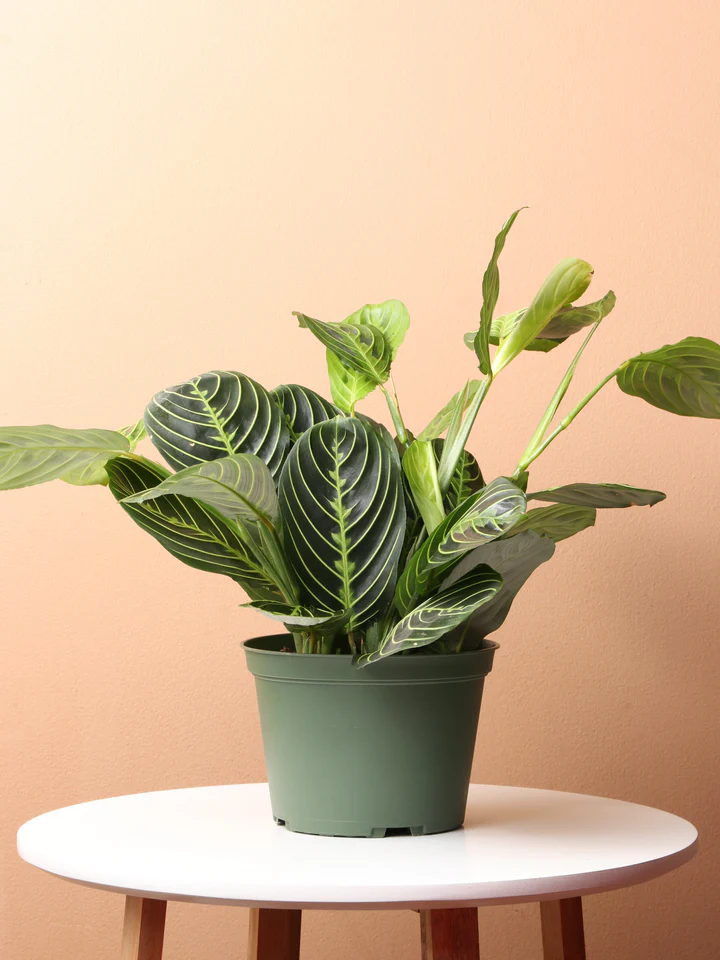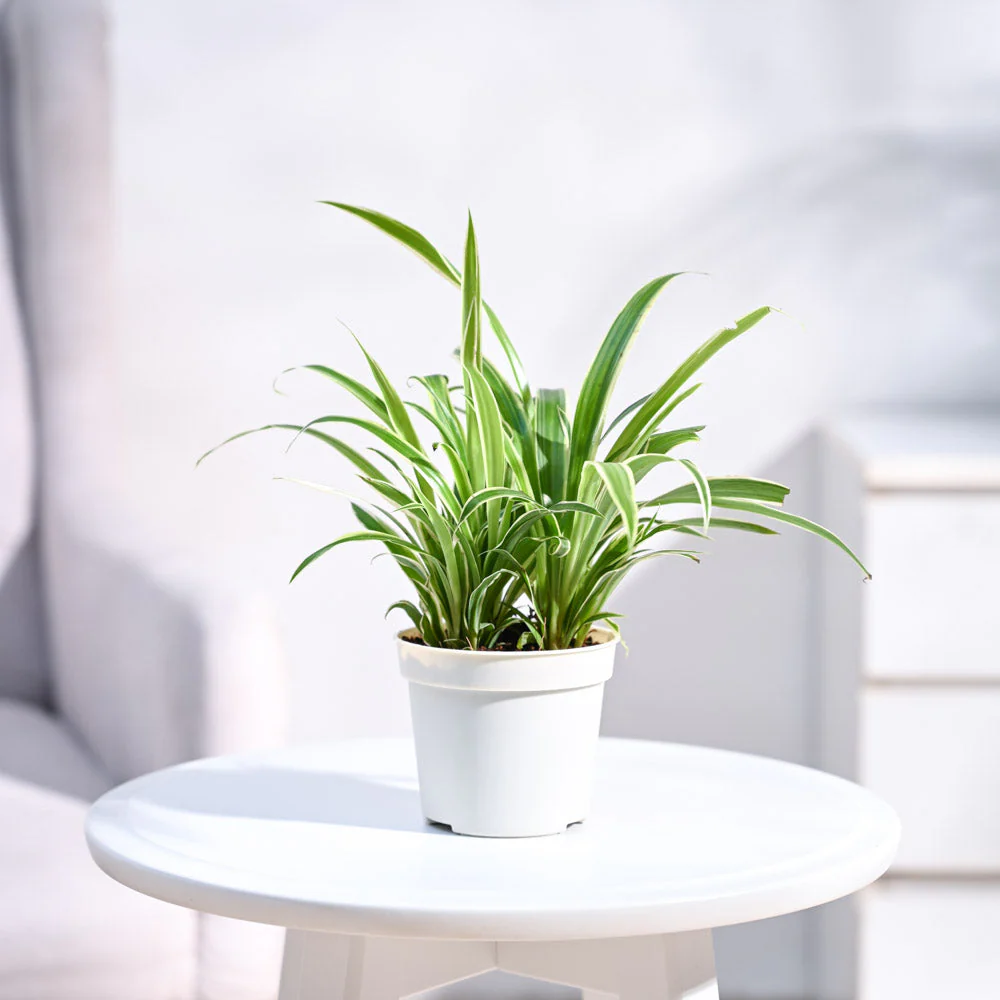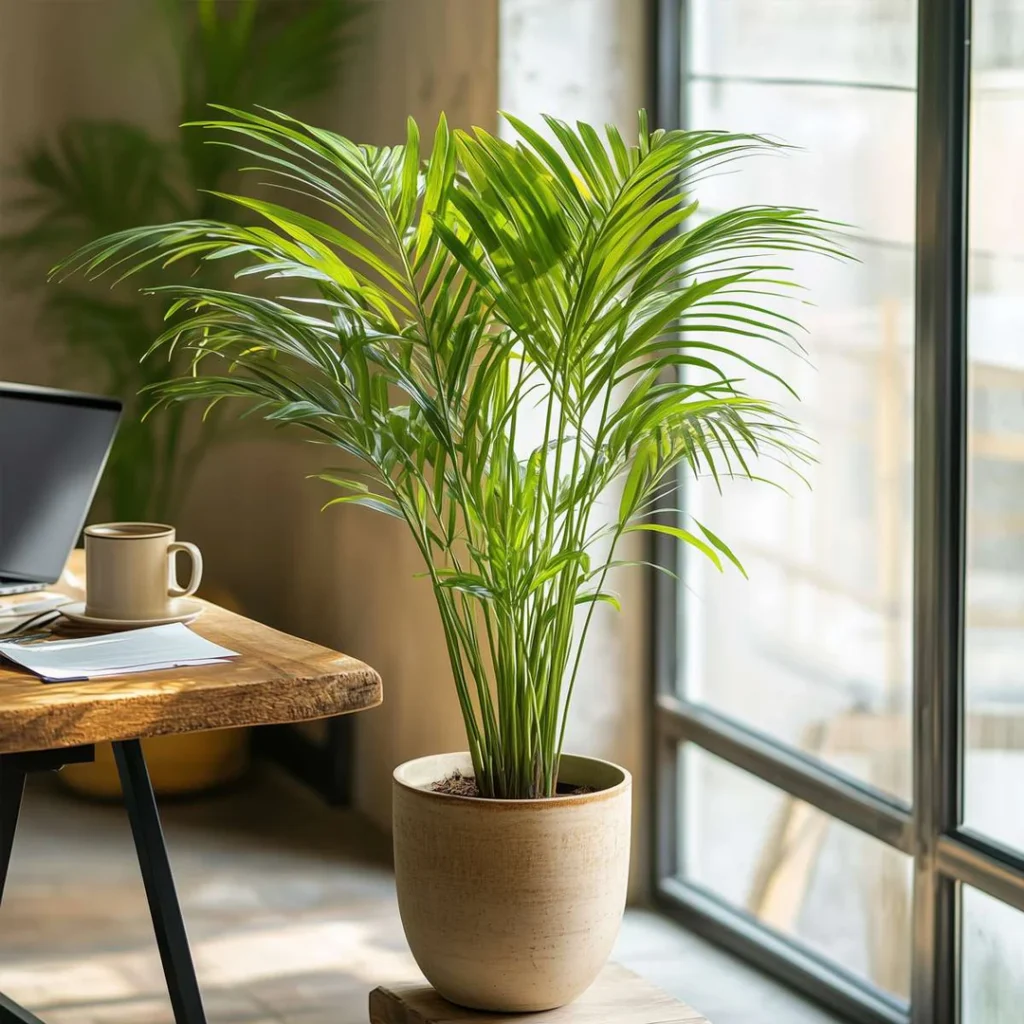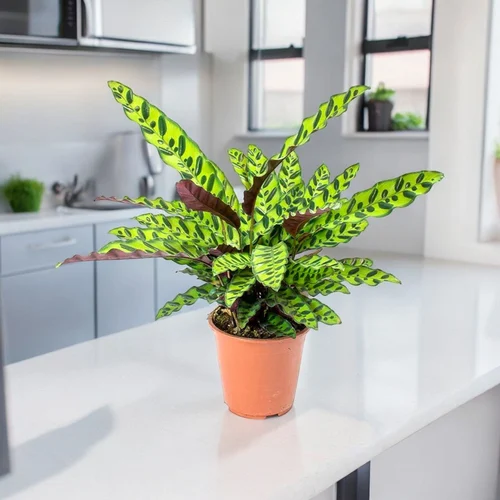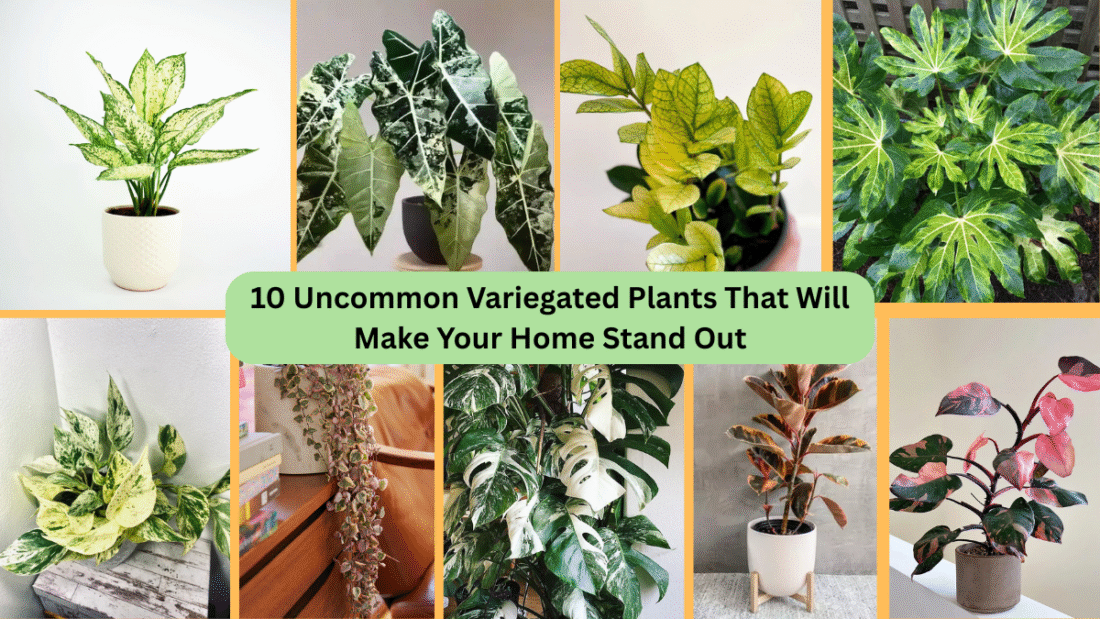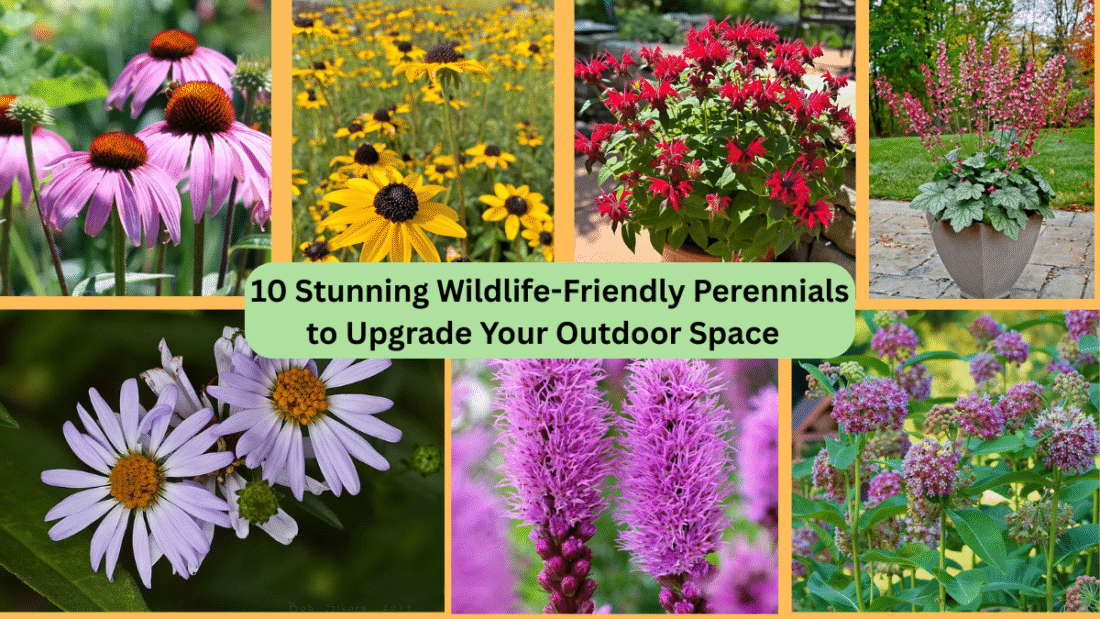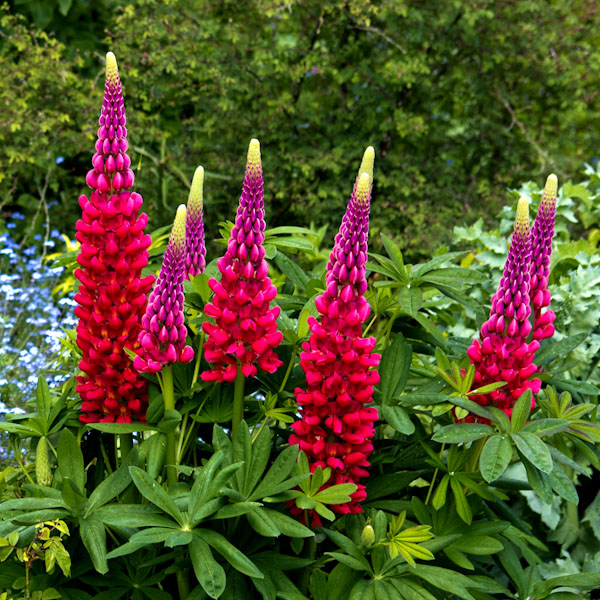The United States is home to some of the world’s most breathtaking gardens, where nature meets artistry in spectacular ways. From historic estates to modern botanical collections, these green sanctuaries offer serene escapes, vibrant flower displays, and captivating landscapes for nature lovers and travelers alike. Whether you’re seeking seasonal blooms, rare plant species, or peaceful garden strolls, these ten beautiful gardens across the USA deserve a spot on your must-visit list.
1. Longwood Gardens — Kennett Square, Pennsylvania

Longwood Gardens is a horticultural masterpiece spanning over 1,000 acres in Pennsylvania’s Brandywine Valley. Famous for its elegant conservatories, dazzling fountains, and lush woodlands, this garden showcases over 11,000 types of plants from around the world. Highlights include the breathtaking Main Fountain Garden, a stunning Meadow Garden, and seasonal displays like their famous Orchid Extravaganza. With special evening light shows and musical performances, Longwood Gardens offers a magical experience for visitors of all ages.
2. Butchart Gardens — Victoria, British Columbia (Bonus Border Garden)
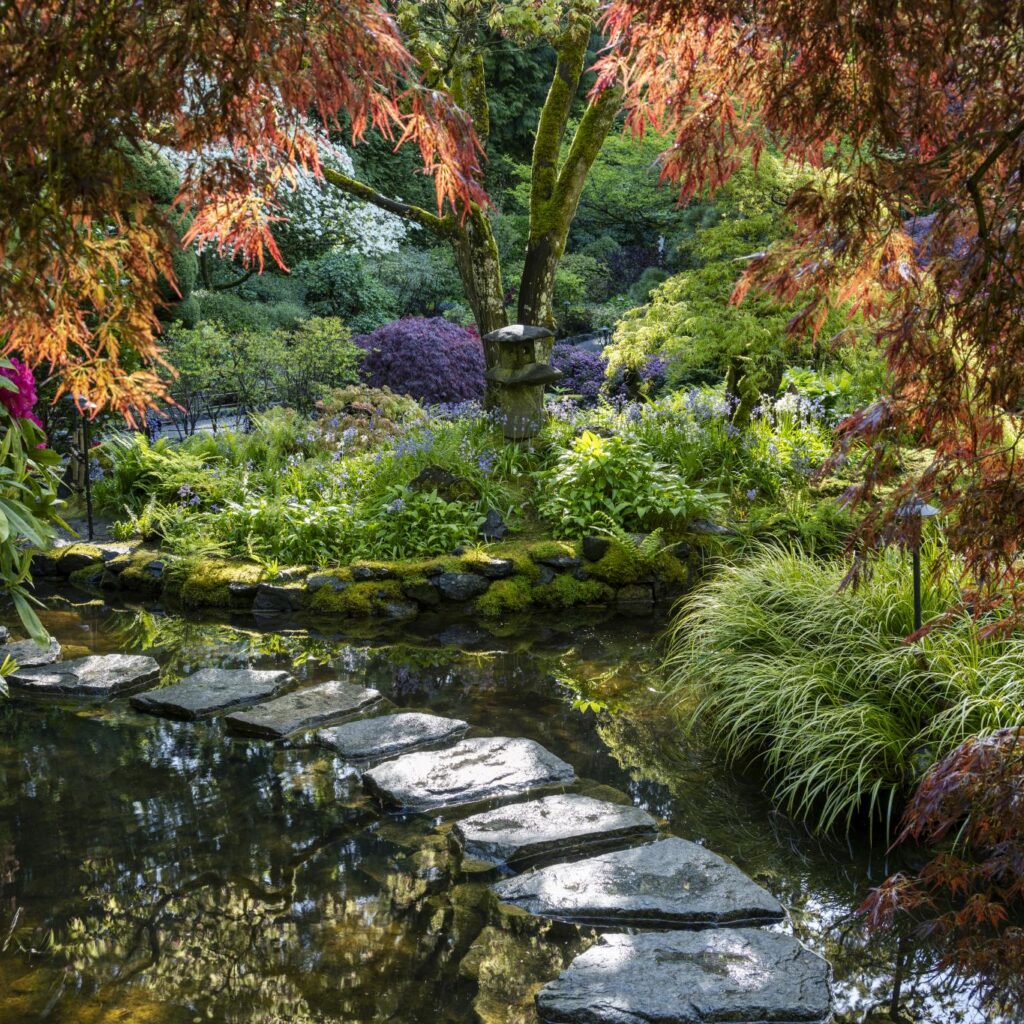
Though technically just over the U.S. border in Canada, Butchart Gardens is a worthy mention for American travelers visiting the Pacific Northwest. This century-old garden estate is world-renowned for its perfectly manicured Sunken Garden, vibrant Rose Garden, and tranquil Japanese Garden. The explosion of color during spring and summer is breathtaking, while evening illuminations and open-air concerts in the summer months make it an unforgettable stop for garden lovers.
3. Brooklyn Botanic Garden — Brooklyn, New York
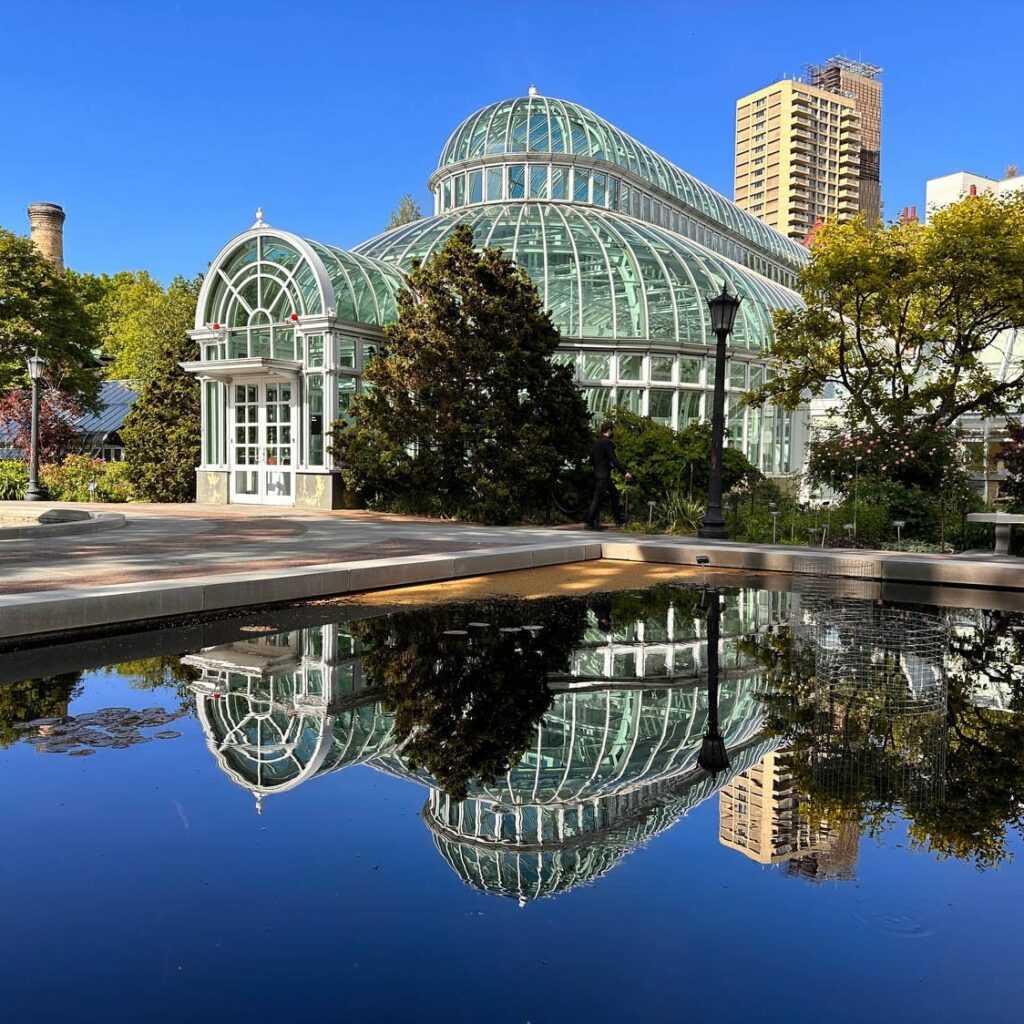
Nestled in the heart of New York City, the Brooklyn Botanic Garden is a peaceful retreat known for its spectacular seasonal displays. The Cherry Esplanade becomes a pink paradise in spring during the famous Sakura Matsuri Festival, while the Cranford Rose Garden offers a romantic explosion of color in summer. The Japanese Hill-and-Pond Garden and Steinhardt Conservatory provide year-round interest, making this urban oasis a must-see destination in every season.
4. Desert Botanical Garden — Phoenix, Arizona
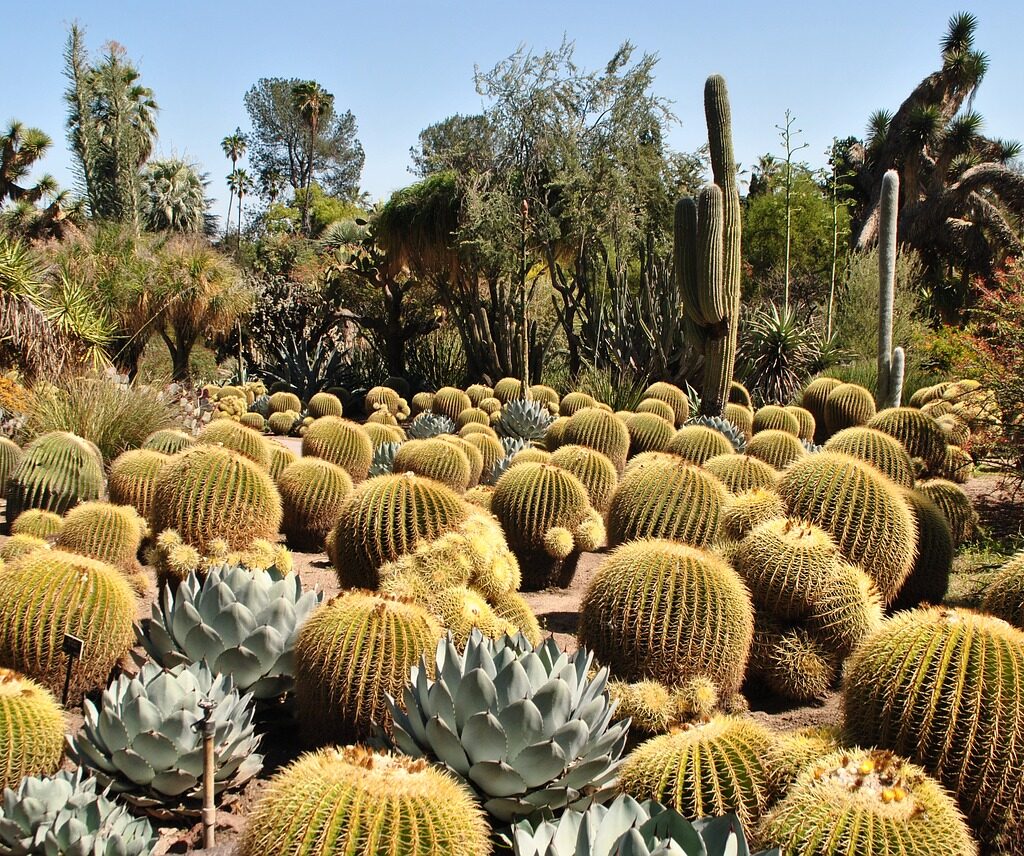
Desert Botanical Garden stands out for its unique collection of desert plants, offering visitors a chance to admire cacti, succulents, and arid-climate species from around the globe. Set against the red-hued Papago Buttes, the garden’s five thematic trails guide guests through fascinating desert ecosystems. Seasonal events like the luminous Las Noches de las Luminarias and the springtime cactus blooms make this garden one of the most distinctive botanical experiences in the USA.
5. Missouri Botanical Garden — St. Louis, Missouri
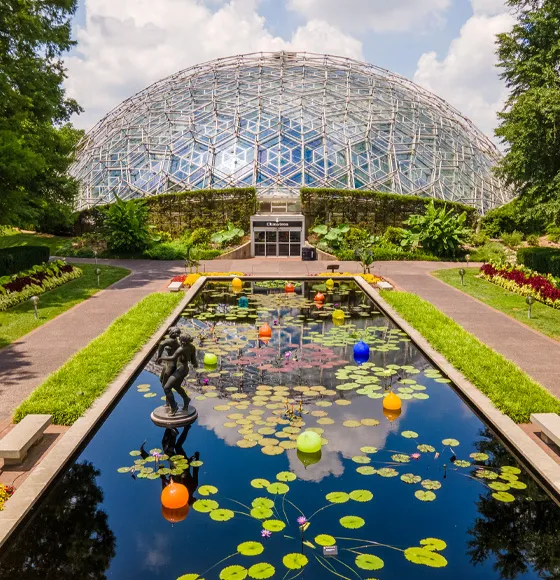
Founded in 1859, the Missouri Botanical Garden is one of the oldest and most respected botanical institutions in the country. Covering 79 acres, it features highlights such as the serene Japanese Garden, vibrant Climatron geodesic dome greenhouse, and a Victorian-style rose garden. The annual Chinese Lantern Festival transforms the grounds into a magical wonderland of color and light. It’s a fantastic place for plant enthusiasts, photographers, and families alike.
6. Fairchild Tropical Botanic Garden — Coral Gables, Florida

Fairchild Tropical Botanic Garden is a paradise of rare tropical plants, palms, and flowering trees. Spanning 83 acres, this Miami-area garden features beautiful lakes, lush rainforest habitats, and the exotic Wings of the Tropics butterfly house. The garden is especially popular during its annual Orchid and Chocolate Festivals. With a focus on conservation and exotic flora, Fairchild offers an educational and visually stunning experience for visitors seeking tropical beauty.
7. Chicago Botanic Garden — Glencoe, Illinois

Located just north of Chicago, this 385-acre wonderland features 27 distinct gardens and four natural areas across nine islands. The Chicago Botanic Garden is especially beloved for its English Walled Garden, Waterfall Garden, and Japanese Garden, each offering a unique sense of tranquility. Throughout the year, the garden hosts seasonal flower shows, garden walks, and family-friendly festivals. The garden’s ever-changing landscape ensures there’s always something new to admire with every visit.
8. Atlanta Botanical Garden — Atlanta, Georgia
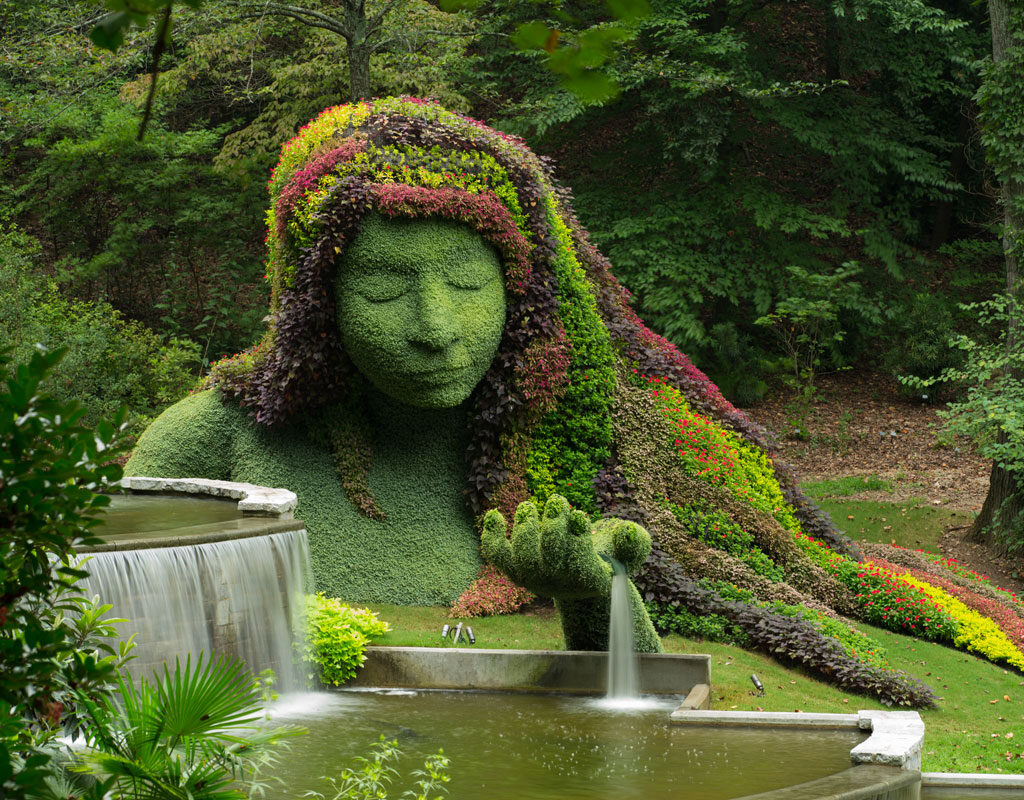
The Atlanta Botanical Garden is a dynamic 30-acre sanctuary known for its dramatic plant sculptures, colorful seasonal displays, and lush woodland trails. The Canopy Walk, a treetop path through a forested ravine, is a favorite attraction. The Fuqua Orchid Center holds one of the largest collections of orchids in the United States. Seasonal events like the Garden Lights, Holiday Nights transform the gardens into a festive, illuminated wonderland during the winter months.
9. Portland Japanese Garden — Portland, Oregon

Often considered one of the most authentic Japanese gardens outside of Japan, the Portland Japanese Garden is a tranquil, 12-acre retreat nestled in Washington Park. Visitors can wander through serene koi ponds, picturesque bridges, and carefully raked Zen gardens. The seasonal beauty of cherry blossoms in spring and fiery maple leaves in autumn makes this garden especially captivating. Cultural events, tea ceremonies, and art exhibits further enrich the experience.
10. United States Botanic Garden — Washington, D.C.
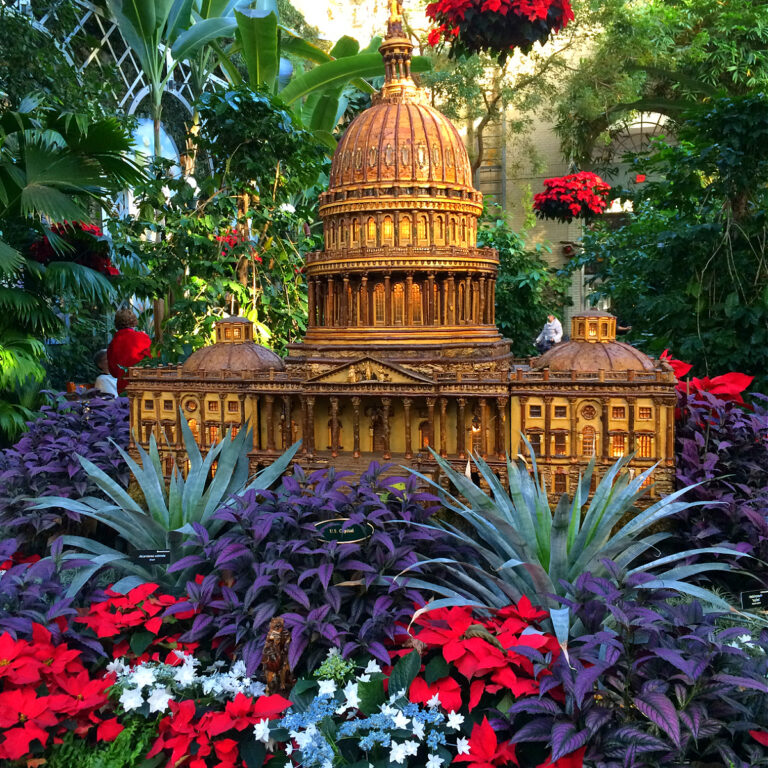
Situated near the U.S. Capitol, the United States Botanic Garden is a living plant museum featuring diverse flora from around the globe. The stunning Conservatory houses tropical rainforests, desert landscapes, and orchid-filled galleries under one glass roof. Outdoor National Garden sections, including a Regional Garden and Rose Garden, showcase native and historical American plants. Free to visit year-round, it’s a wonderful place for anyone interested in botany, history, or peaceful green spaces.

